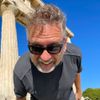Week 260: 5 years, lots of prep and a break
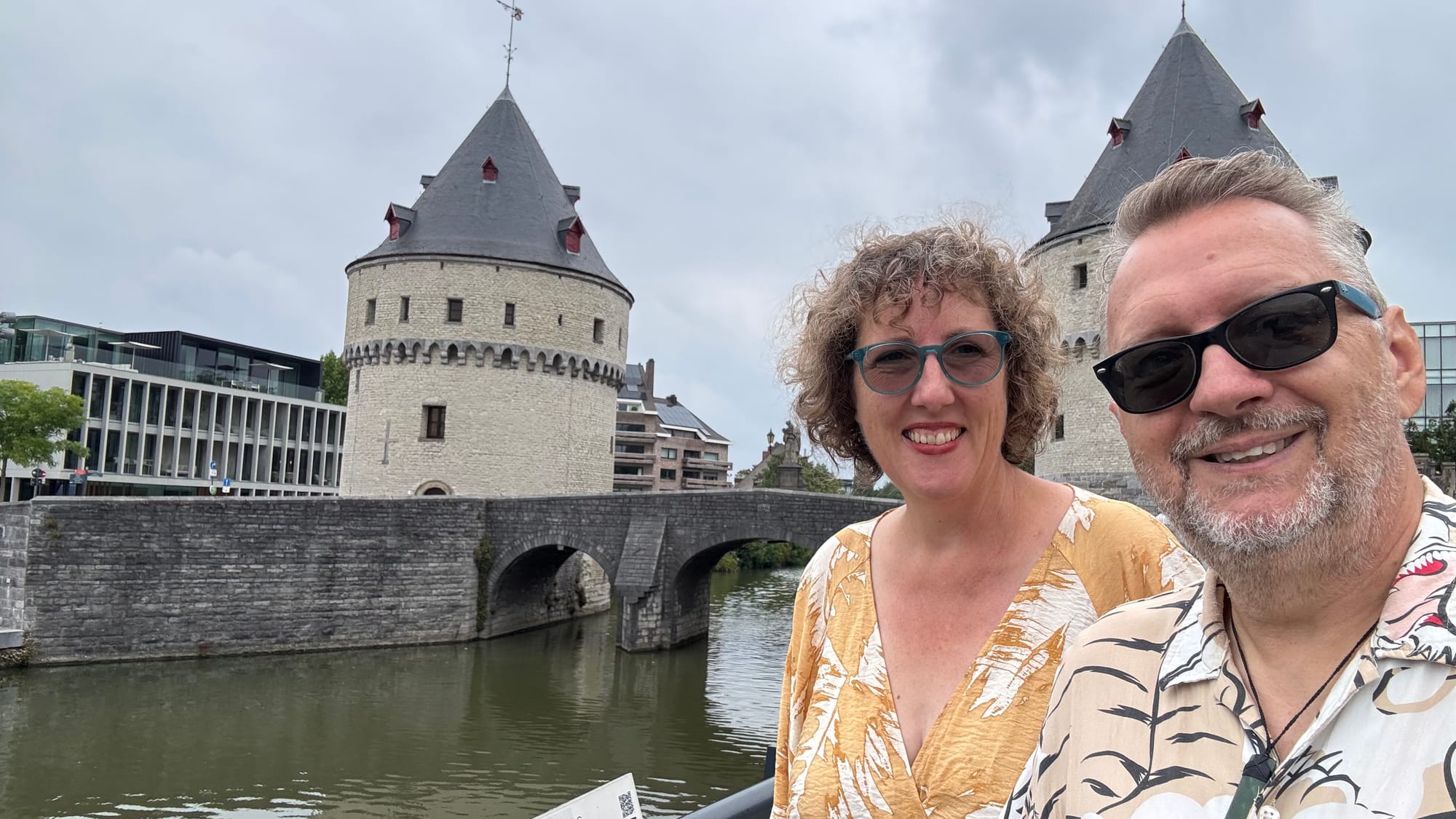
Wow! This post represents five years of weekly blog posts. Back in Week 1 - Arriving in Athens we left the US to move to Greece and start our search for our first boat, Matilda. We've had a lot of adventures since then! Indeed, neither of us would have predicted that we'd sell Matilda, buy Delfine and throw ourselves into building a hotel barge business. But it's been a wonderful five years.
We've immersed ourselves in boats and boating culture, making countless new friends from around the world. We've loved living and exploring Europe in depth. Travelling by boat through Greece, Albania, Montenegro, Croatia and the east coast of Italy allowed us to slow down and experience life in this part of the world in a profoundly satisfying way. Seeing places that most people don't get to, as well as plenty that everyone else does!
Even the over-touristed spots like Venice are a different experience when you live there on your boat, immersing in it for a couple of weeks instead of just bussing in and out on a cruise ship for the day.
And of course, the last year has all been about barges and Delfine. We have no regrets. This change has given us drive and purpose and a sense of immense pride in what we're achieving. It's also been stressful in a way that the previous four years weren't, but we're so close to the end of this phase now that it's beginning to feel real. And more importantly, that it might all come together.
Our week was spent patching and prepping in the stern cabin. The last bits of the building that I can finish on my own (really just cutting bits of wood to fill holes) were done. The prep is almost there, and we'll have the stern cabin painted and habitable soon. We can't wait. The prep is such a messy process.
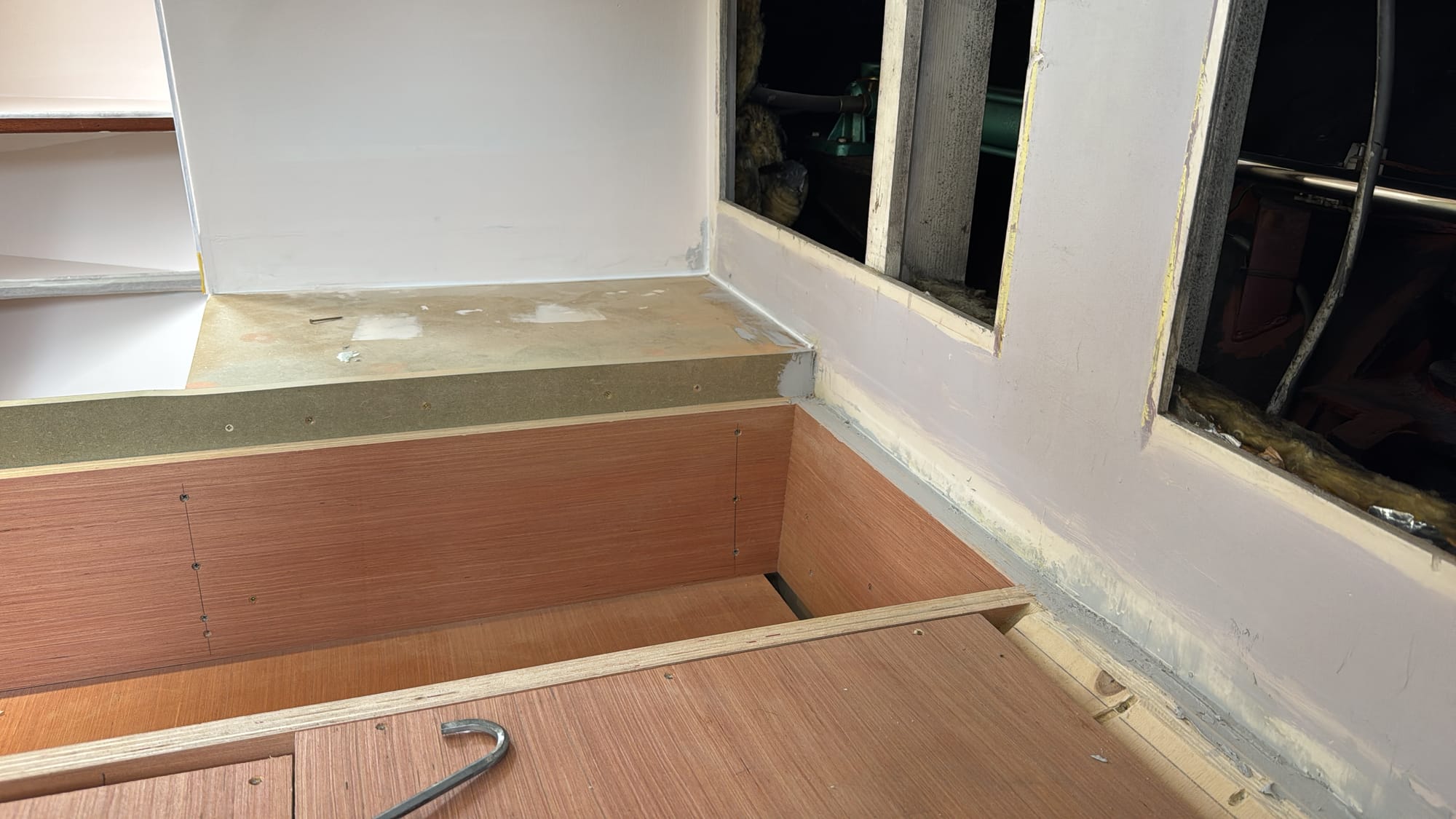
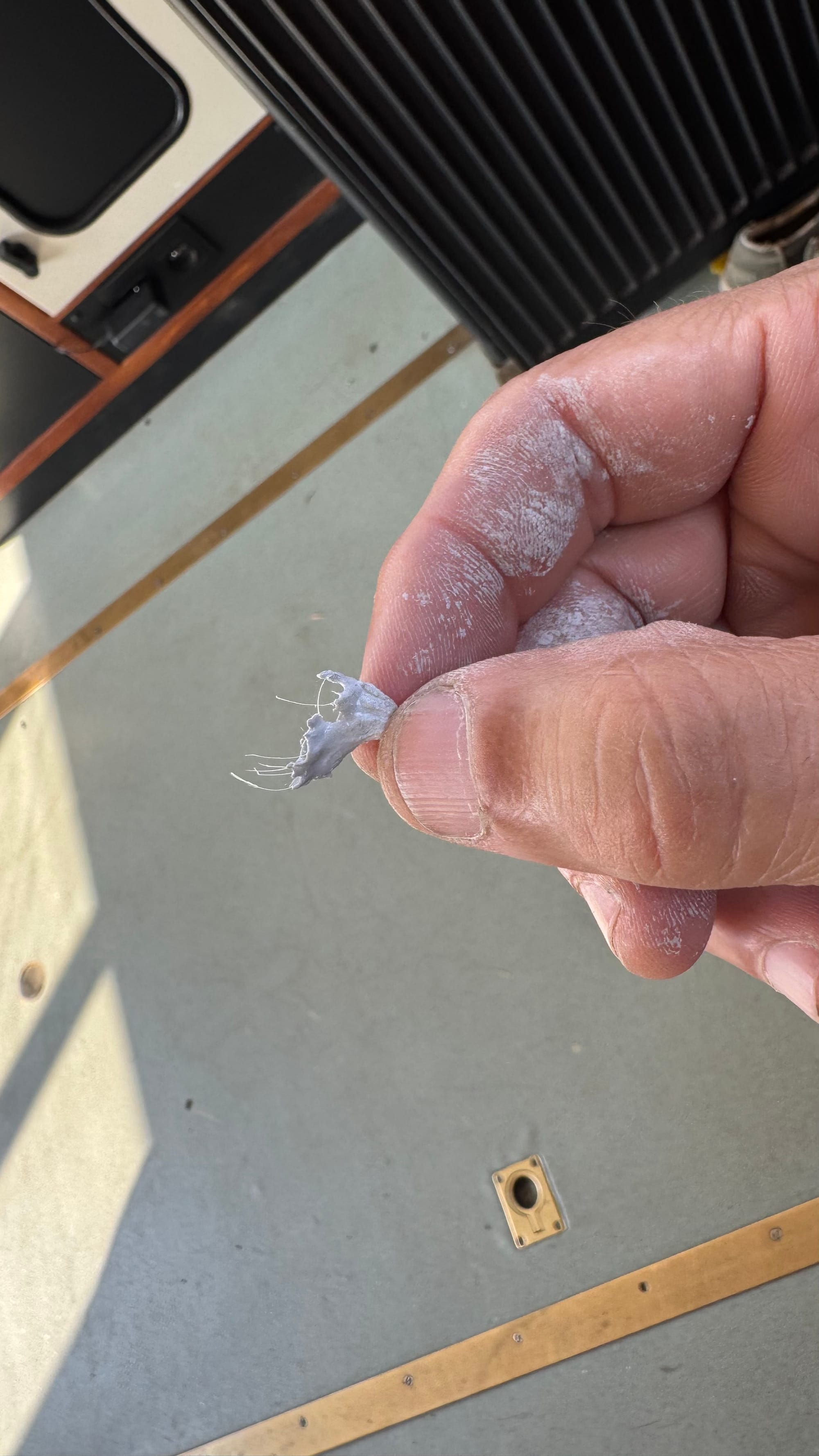
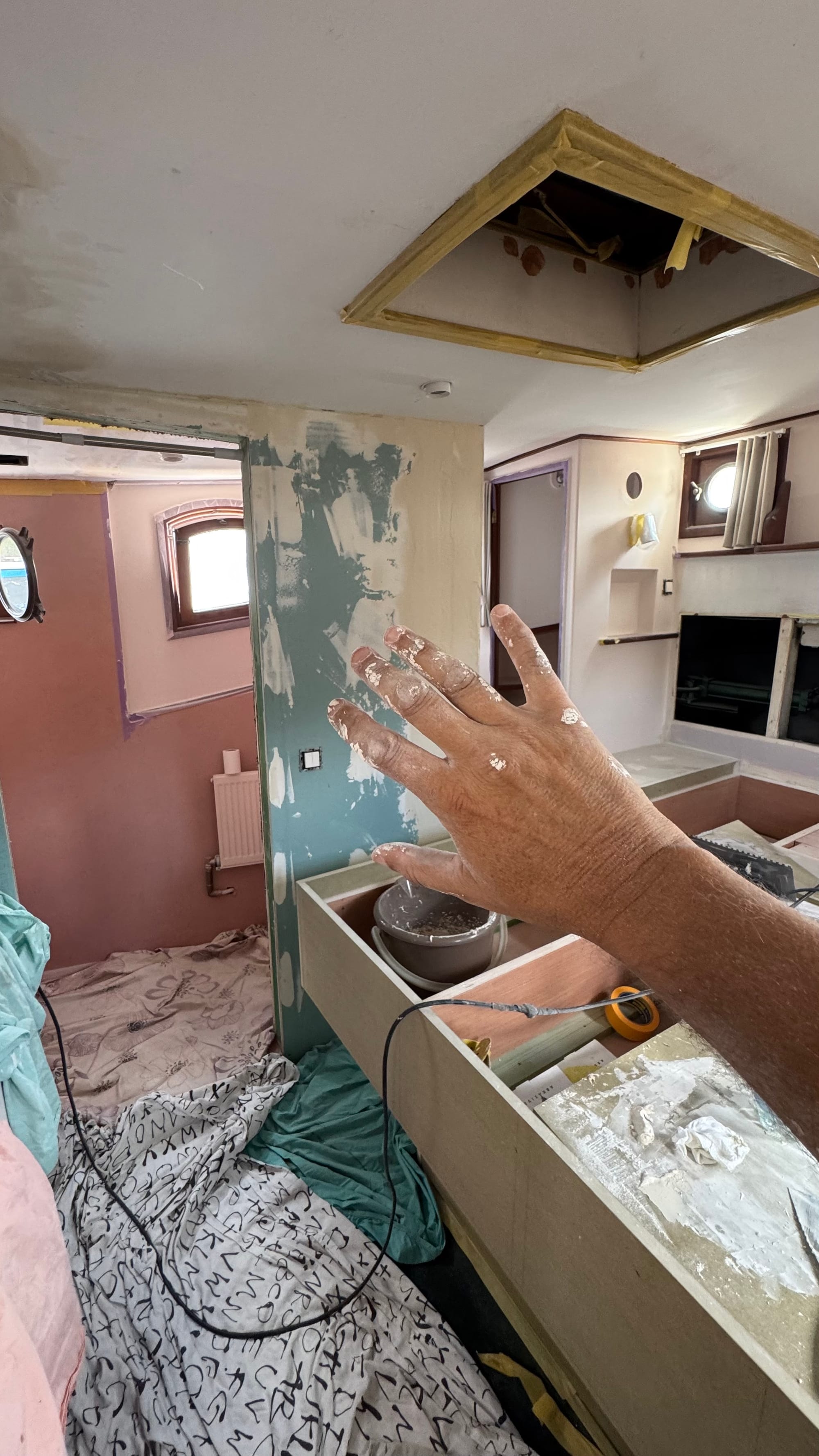
Lots and lots of prep, and mess!
If I could go back in time, I would buy more tools.
Seriously. If you're investing in a major project like this, good tools save you time and effort. One that we never bought, which we should have, is a shop vac – to suck up dust and wood from sanding and cutting. Now that we're almost done, it seems like this isn't needed. But I wish we'd done it at the beginning.
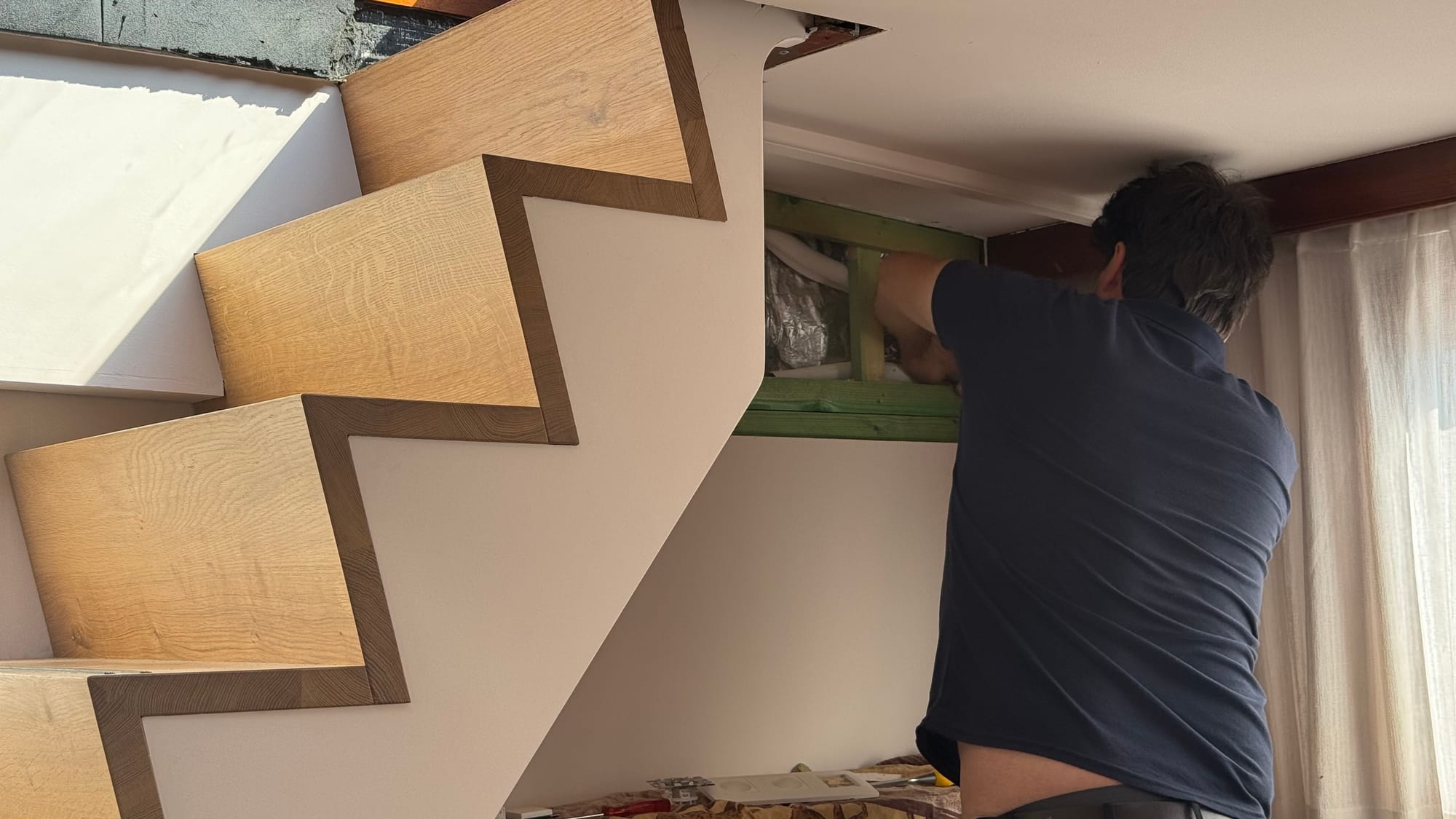
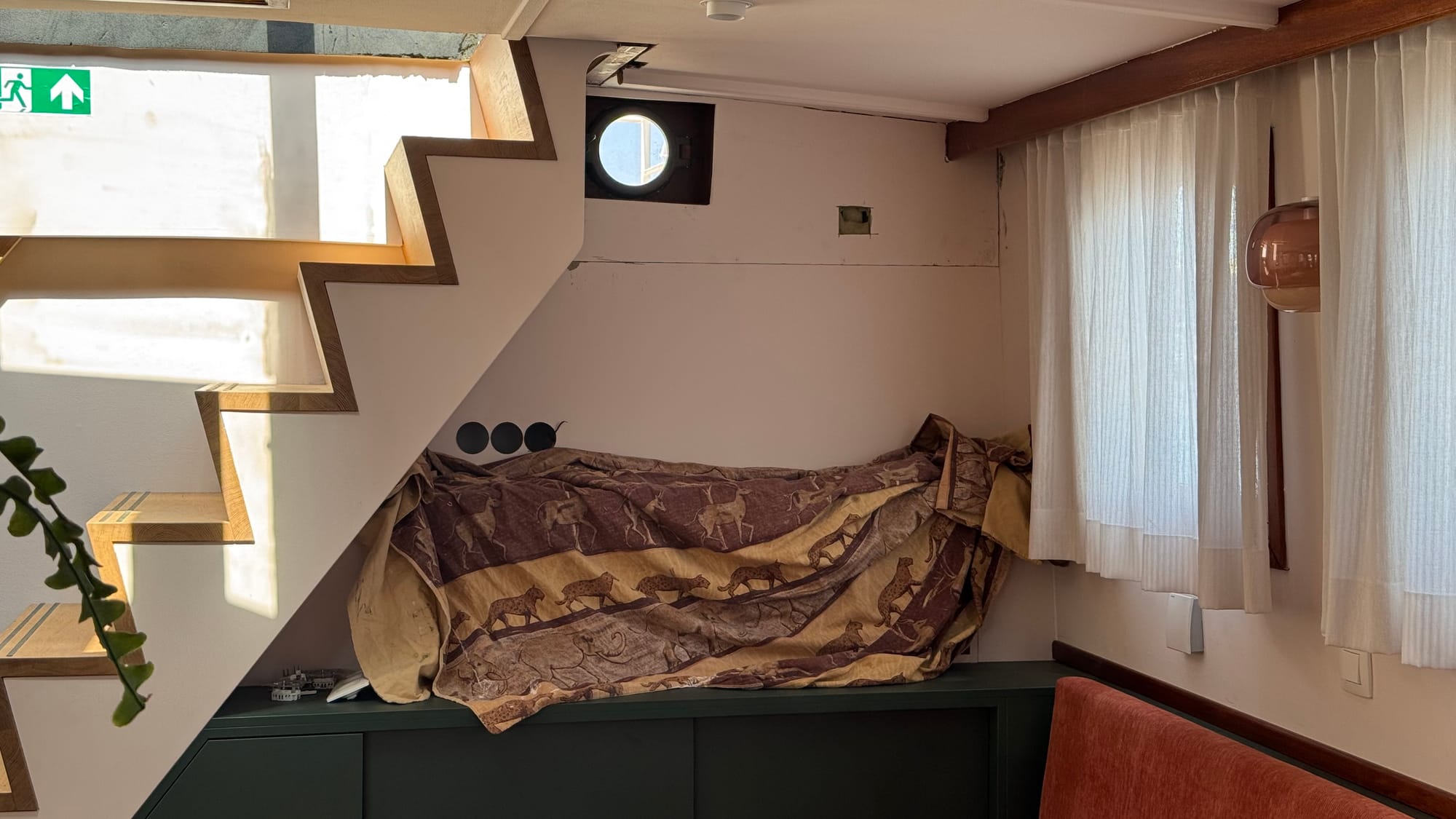
Bart came and checked the AC. It wasn't cooling, so we pulled out the wall. It started working. Sigh. Fortunately, an easy patch job.
We've done so much sanding that our DeWalt orbital sander has died! Poor thing. It's sanded almost every inch of the outside of the boat, all the windows and woodwork, the entire wheelhouse, and now, most of the stern cabin. It was dropped into the canal (powered on) at least once. Frankly, it's a miracle it lasted as long as it did.
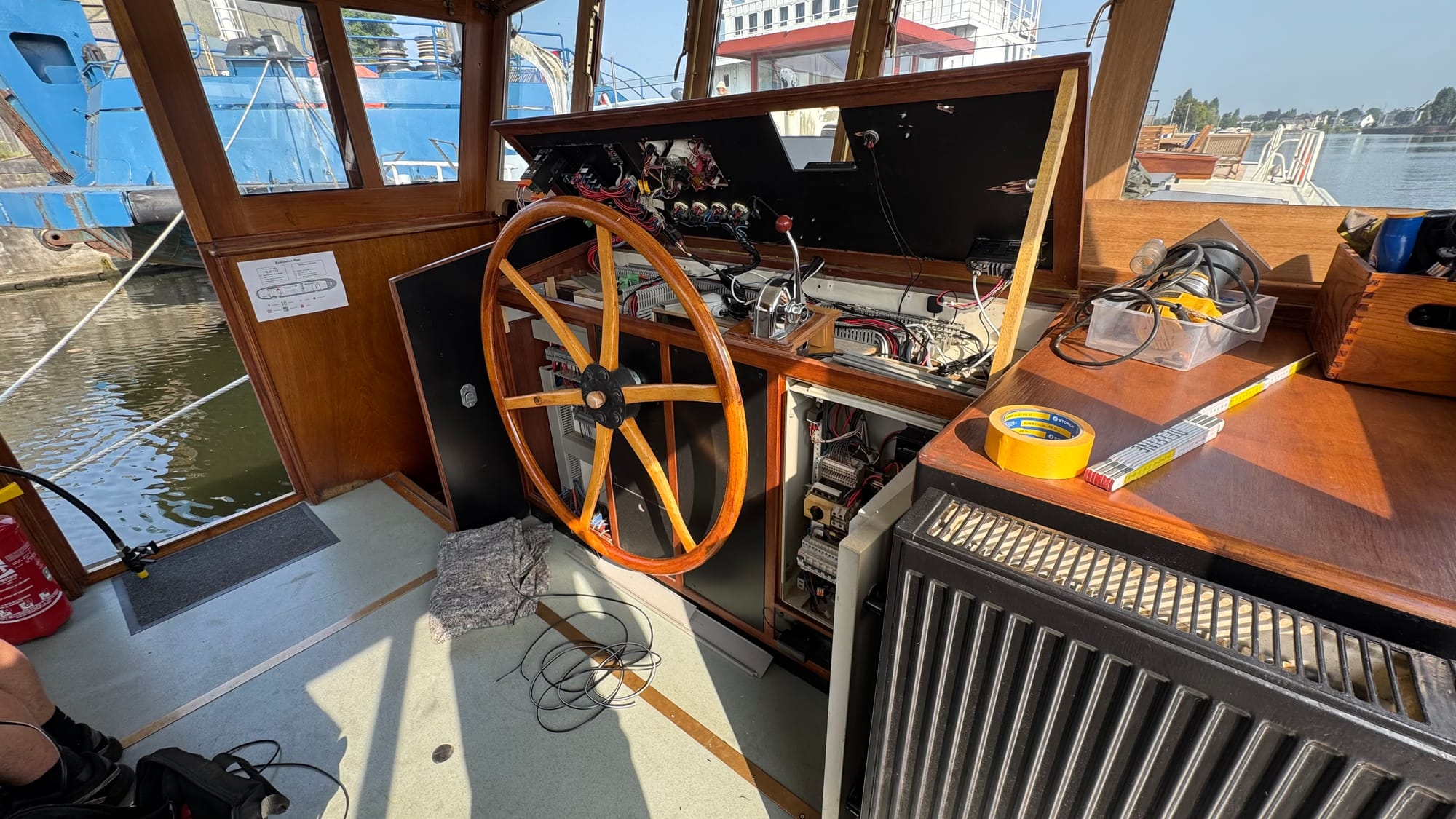
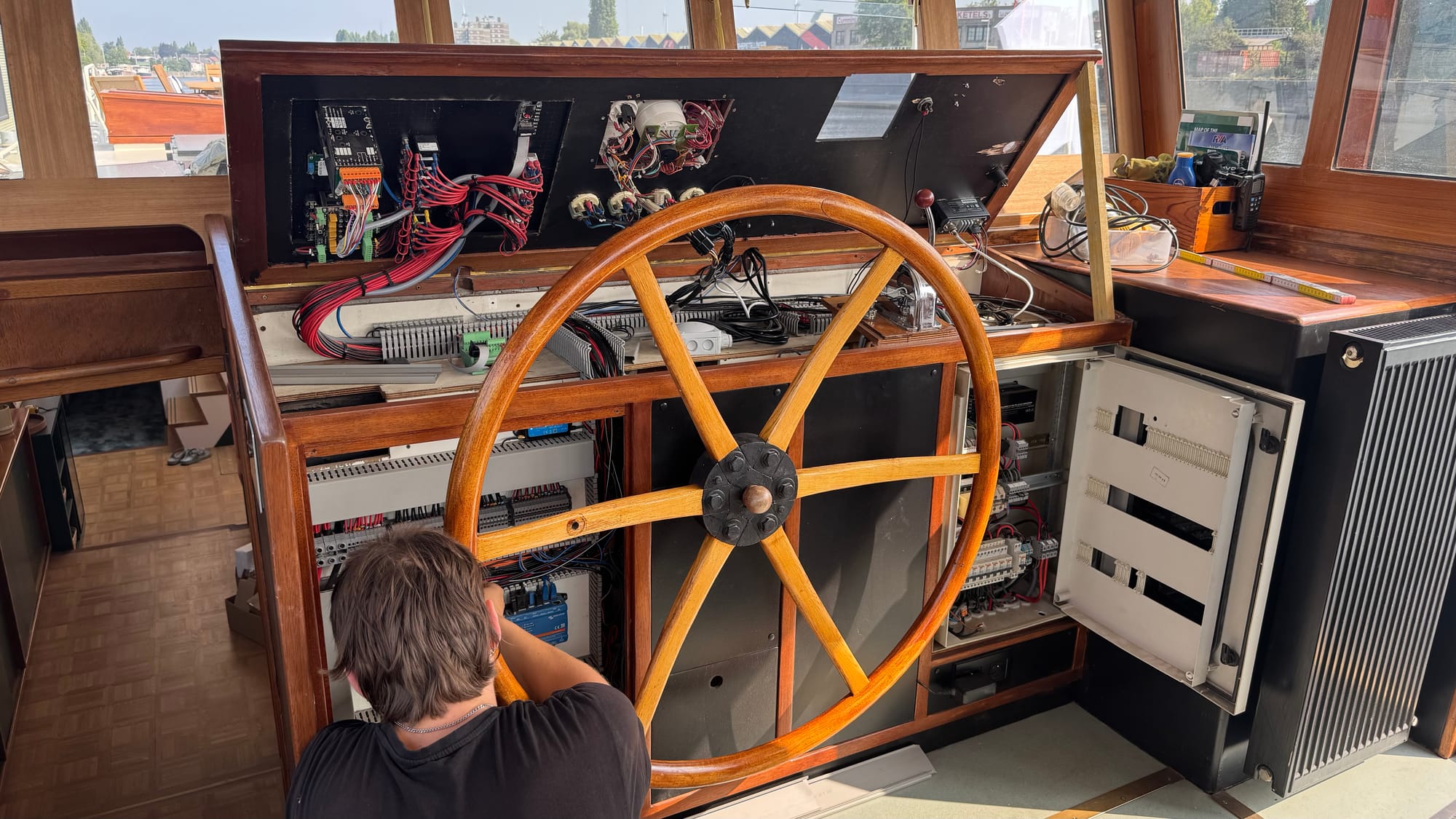
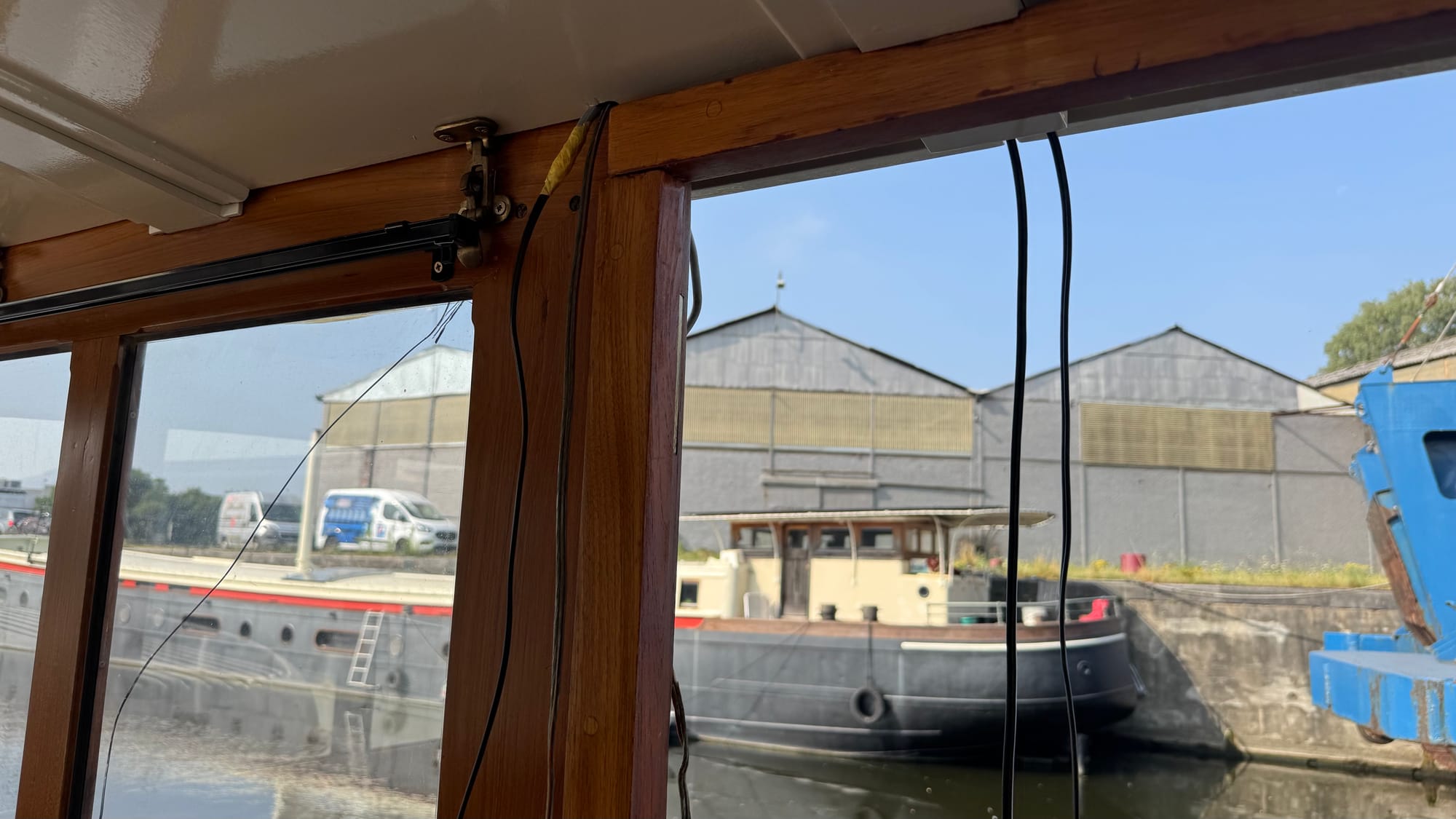
Working on the wheelhouse. I ran cables while Jef hooked things up.
Martin and Jef returned to Delfine mid-week to work on the last of the electrical on the "boat" side of the project. We now have lights in the wheelhouse, deck lights working again, and have ordered a new DC-DC charger for the alternator to the Lithium Batteries. The documentation of the panels is being drawn up. We're getting close here. They will return this Wednesday, and that should complete their work.
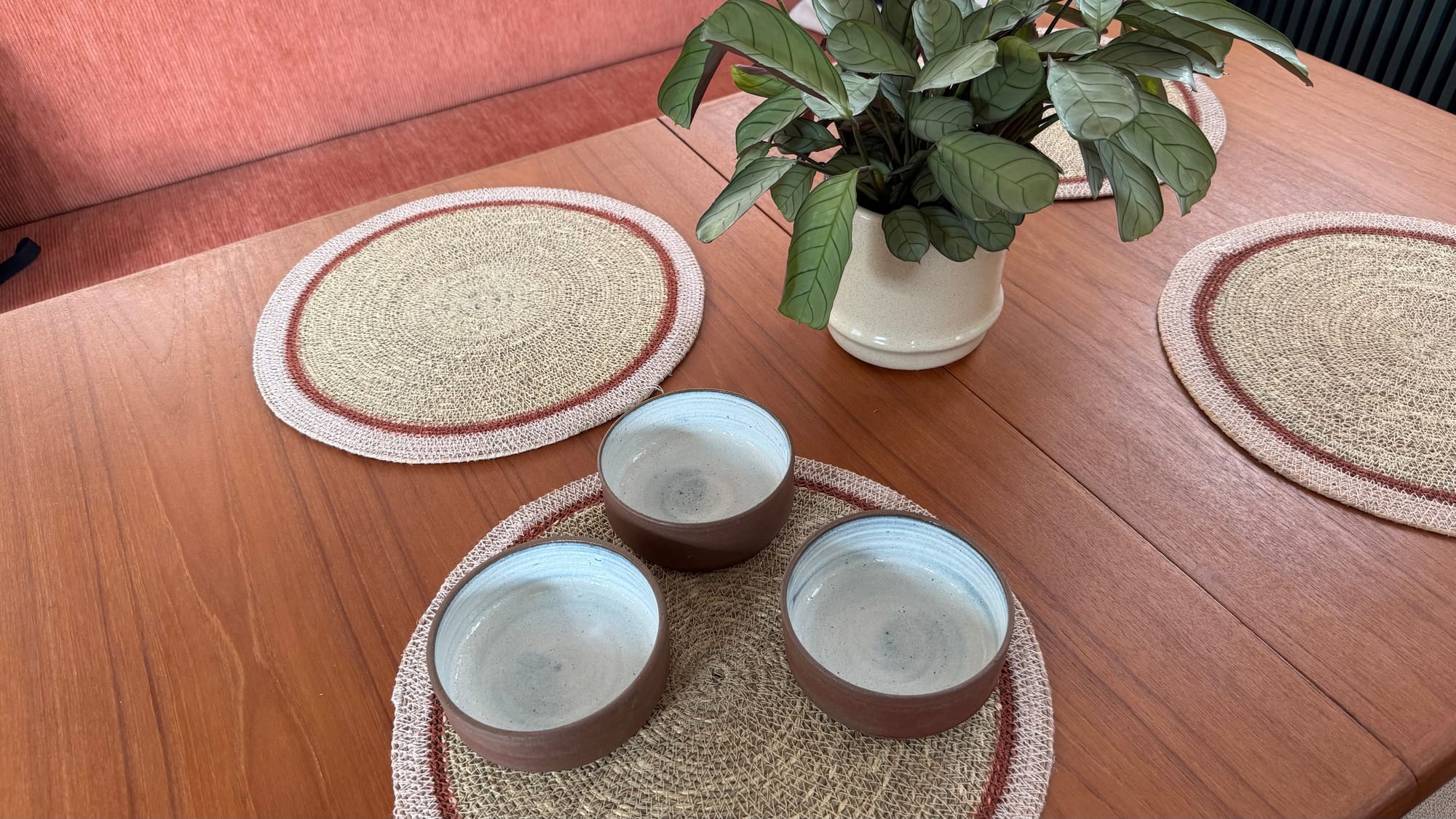
Kristof's instagram is here: https://www.instagram.com/keramiek_polletkristof/
Emile and Eva from Marge Architecten, along with Kristof from the builders, came for a site meeting on Wednesday. We completed a full review of everything outstanding, with the main holdup being the electricians/plumbers on the building side of the project, who are still installing the final few pieces. We're close. Very close here.
And yet so far.
There are rumours that the specialist bathroom door for the stern cabin won't be completed until January. What the fuck!
Sigh
Whatever. As long as we can get the toilet seats in, the taps in the bathroom sinks and some power for the TV, we're ready for guests. If we have to live with a shower curtain as a toilet door in the crew cabin for a bit, we can do that.
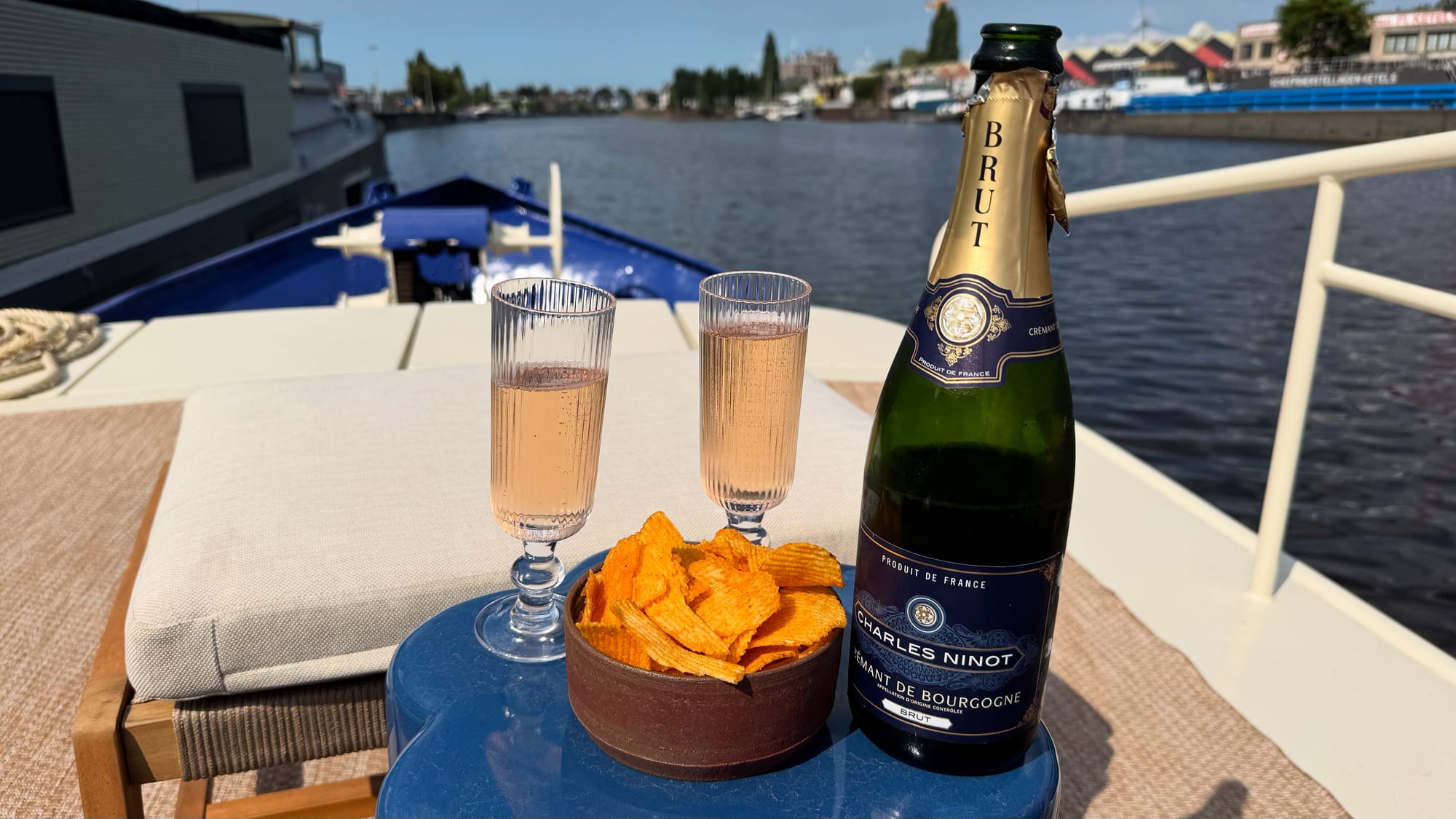

Enjoying the end of the week on the deck of Delfine
It's time to celebrate being (mostly) finished. We've arranged a party in the shipyard for next Friday, where we'll invite all the workers there on board for a drink and to see the progress on Delfine from those cold, icy days in November and December, to now.
We've set a date for our launch party in early September, where we'll relocate Delfine to Portus Ganda once more and invite everyone who has been involved with Delfine to an "open house". Two days where they can drop in, visit, bring their families, and see what they have helped us achieve.
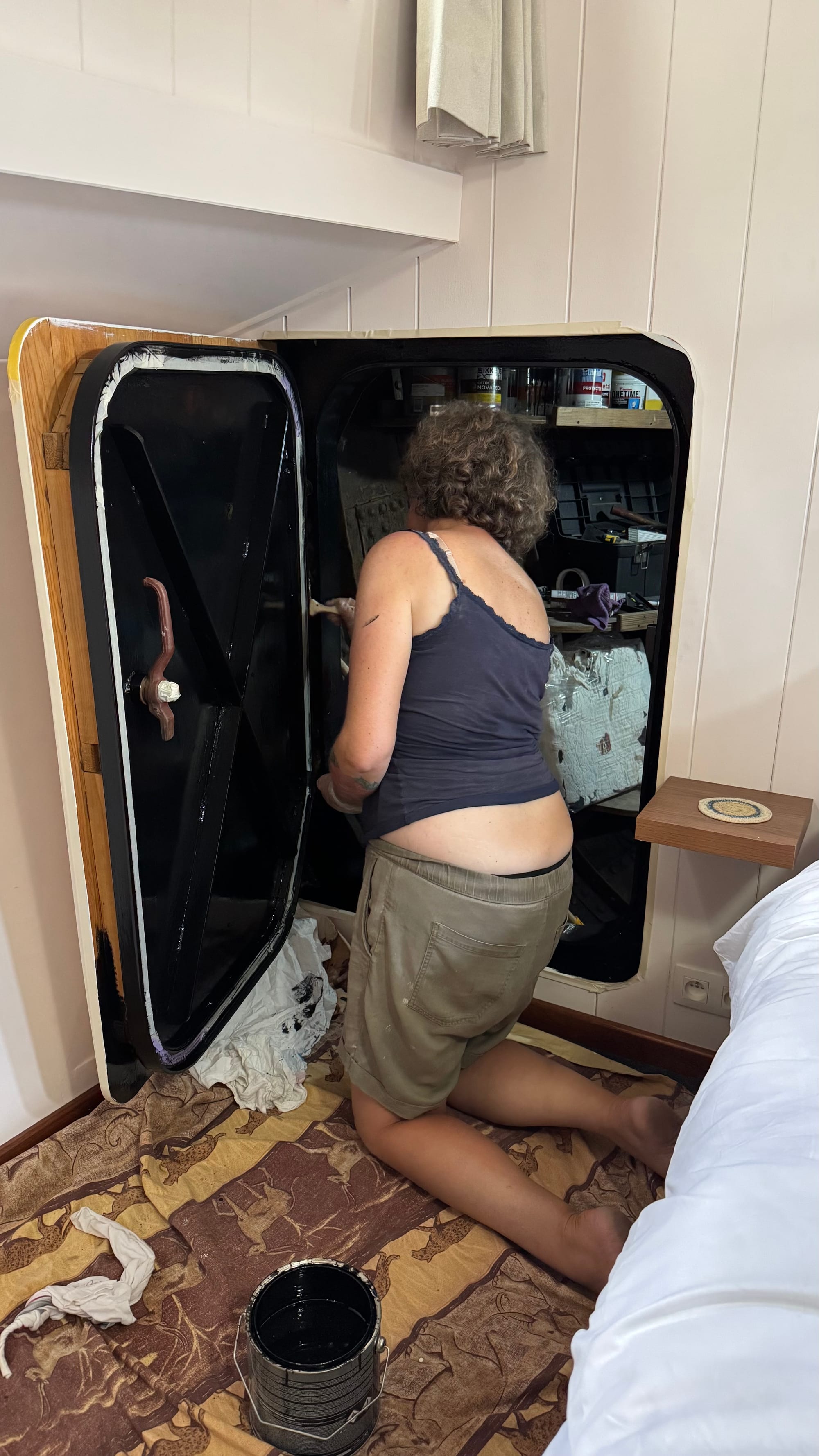
Last week, I mentioned that we were going to start enjoying two-day weekends again. We almost didn't make it happen! There was a moment of temptation to return to Delfine and push ahead on the painting in the stern cabin, but we pulled each other up and took a day off.
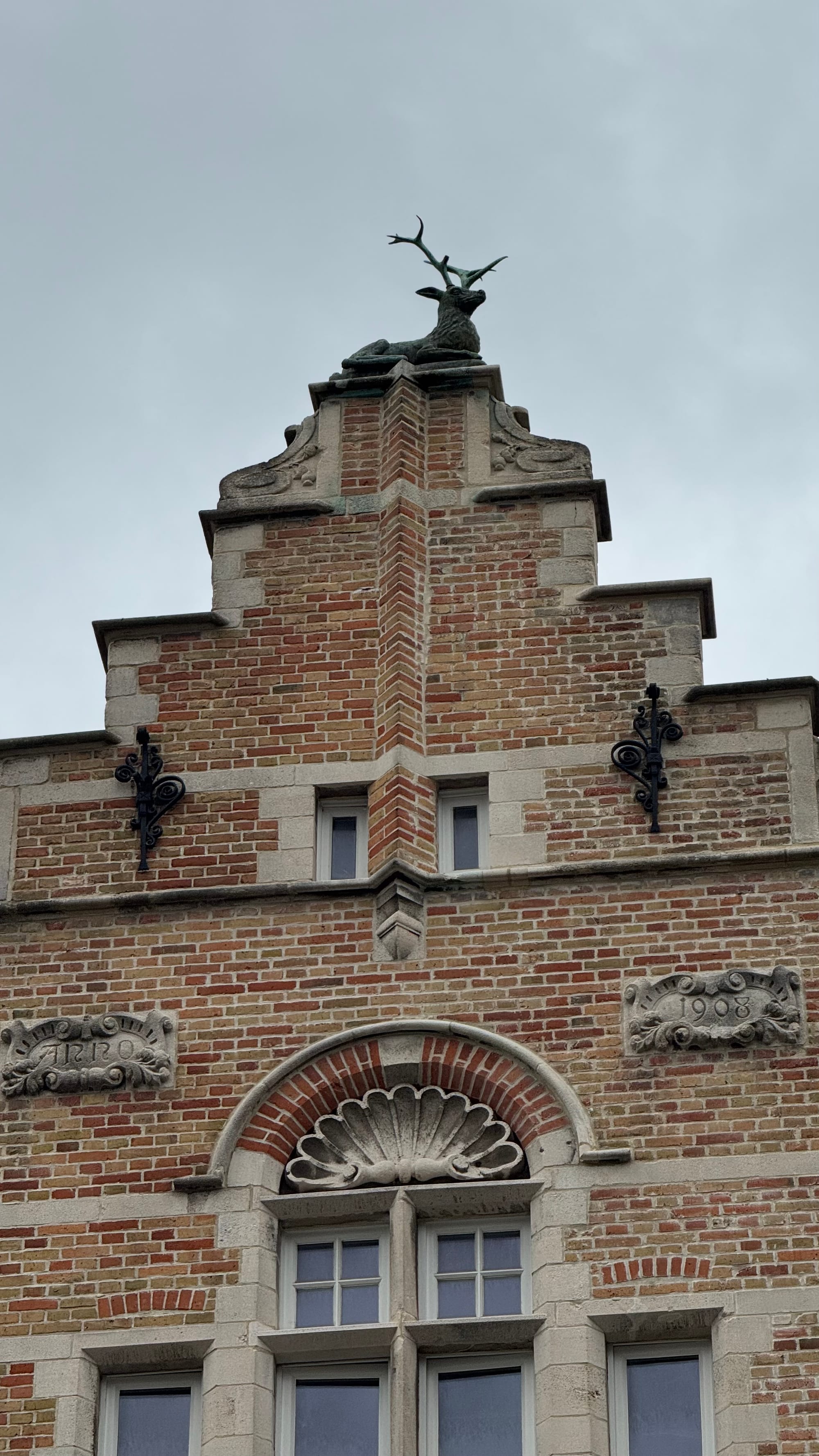
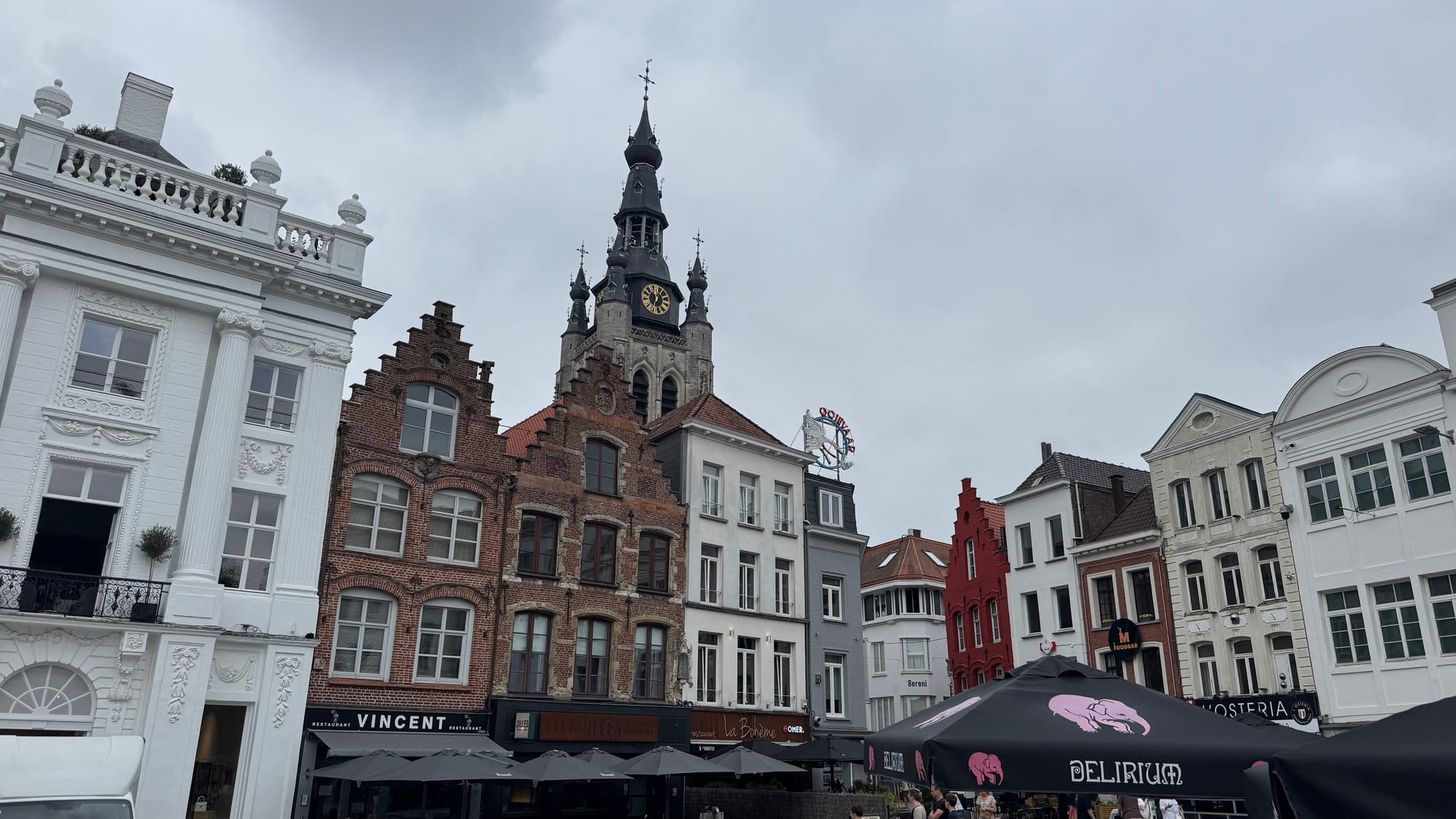
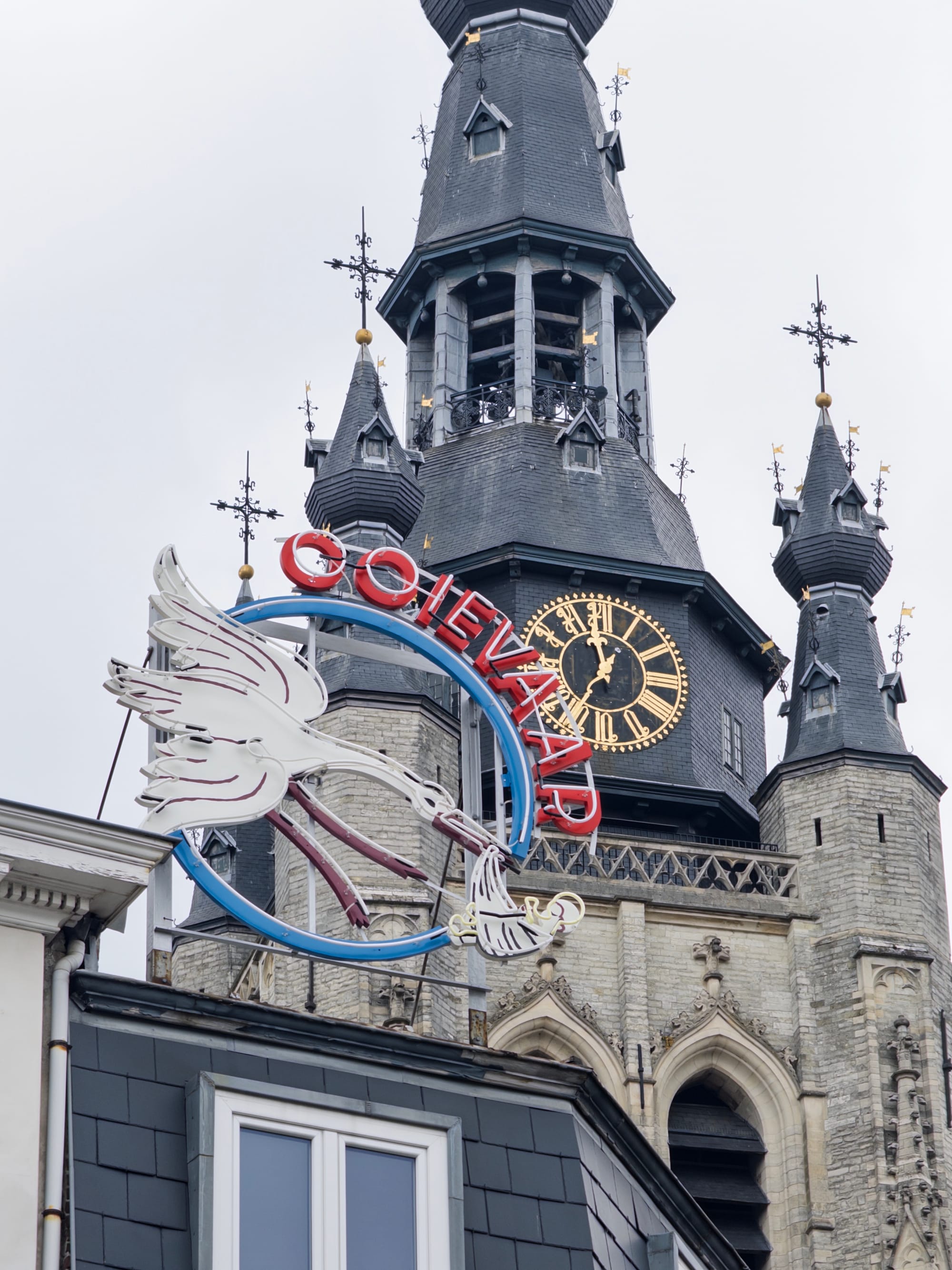
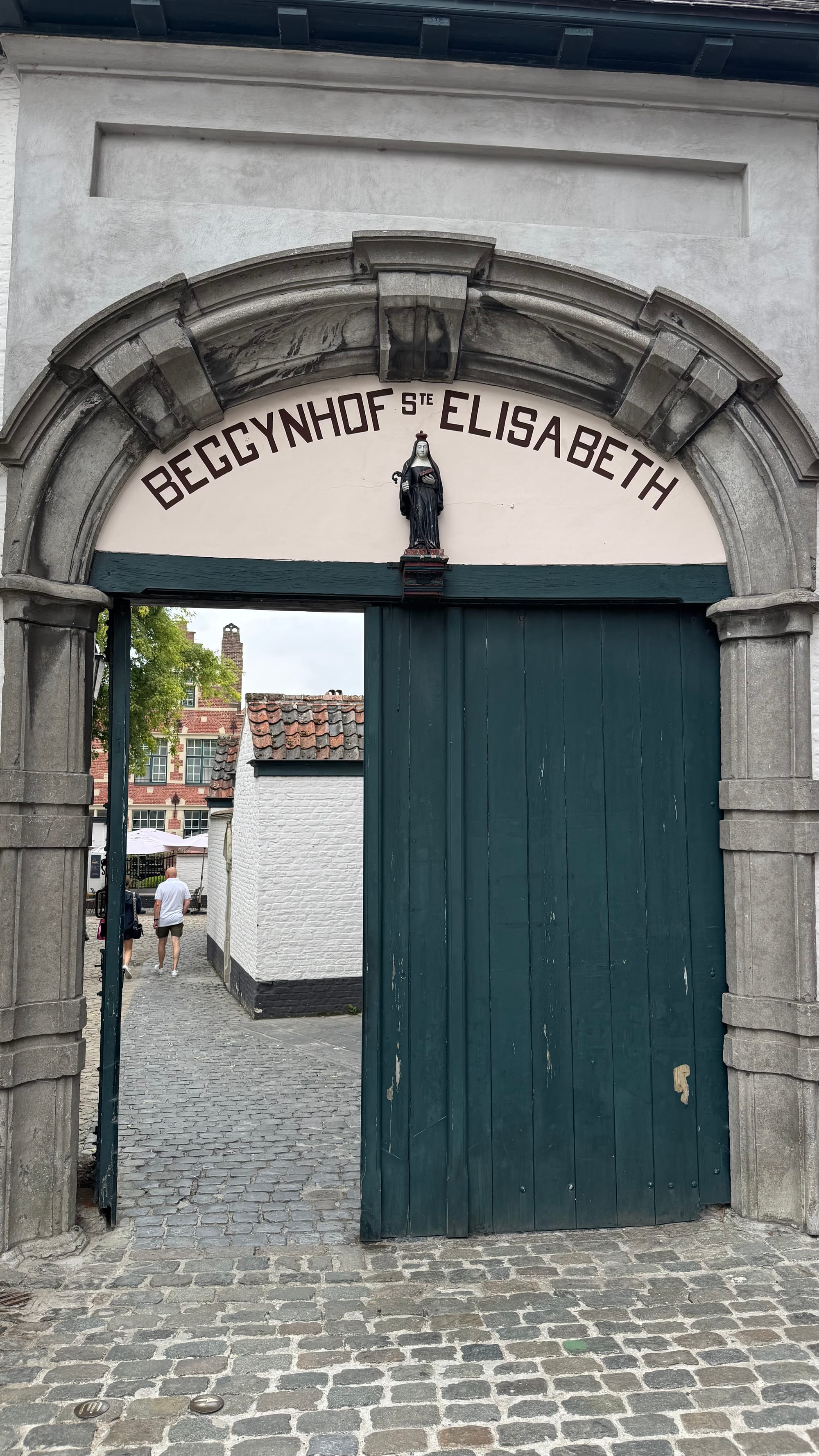
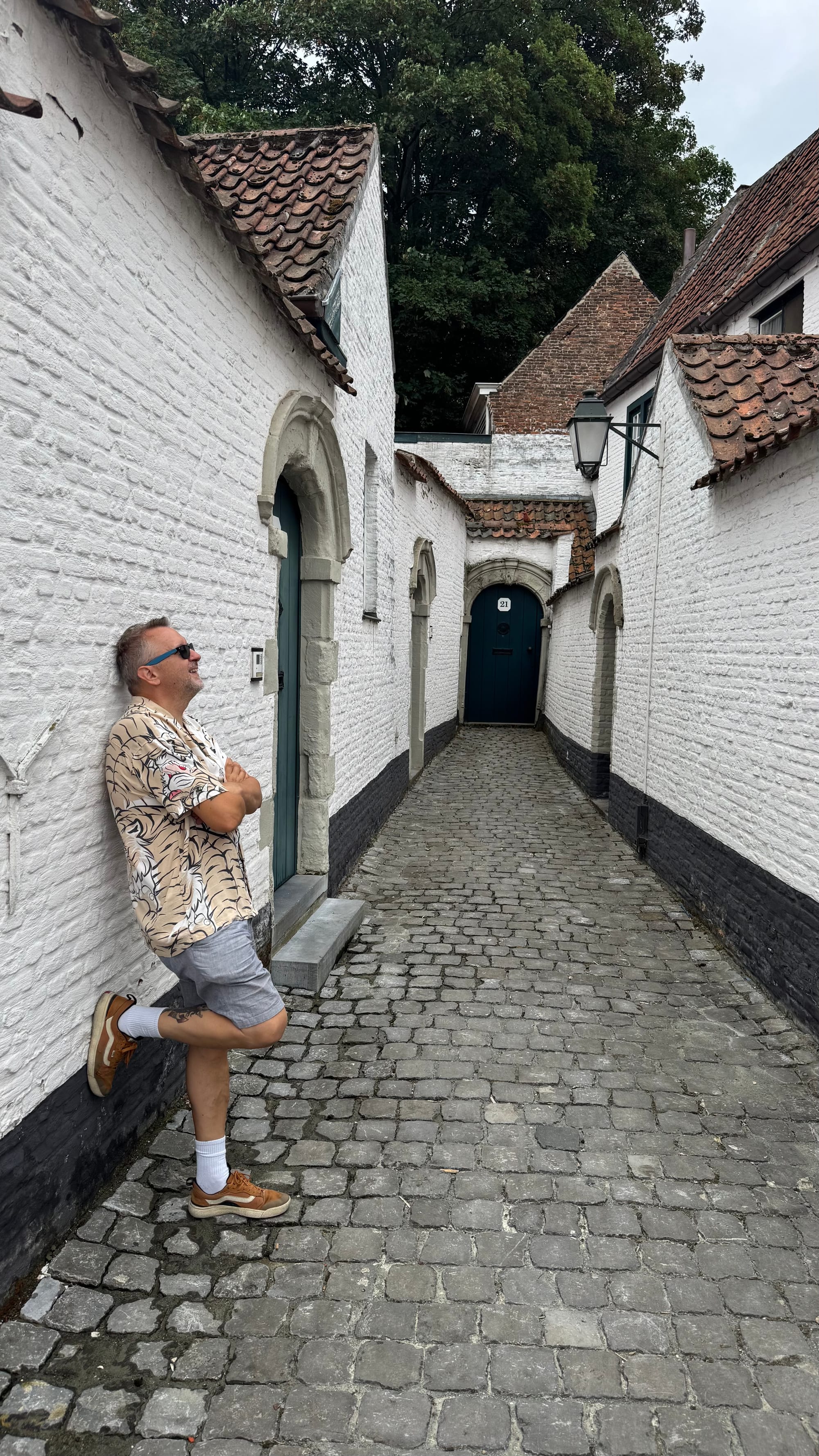
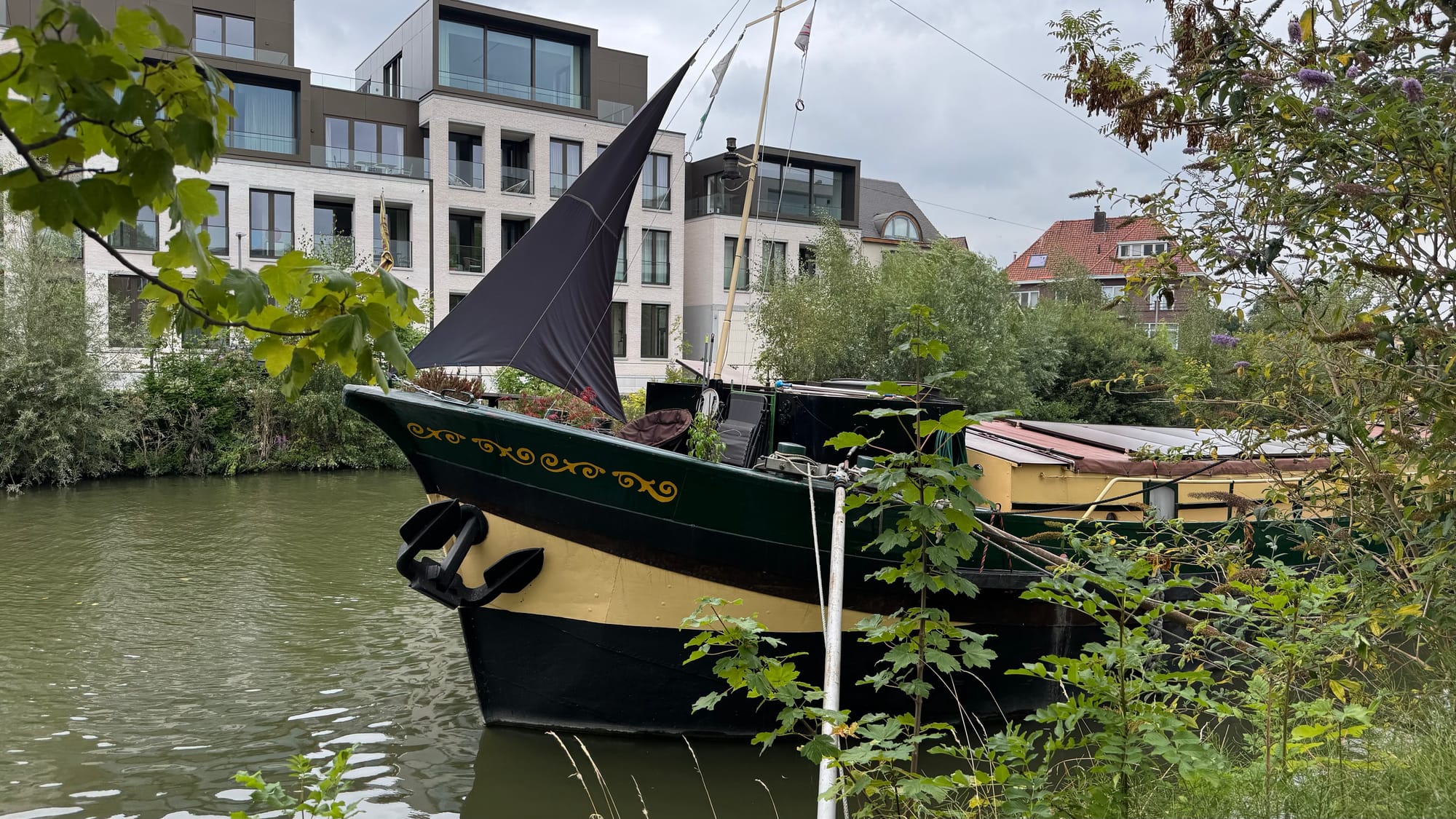

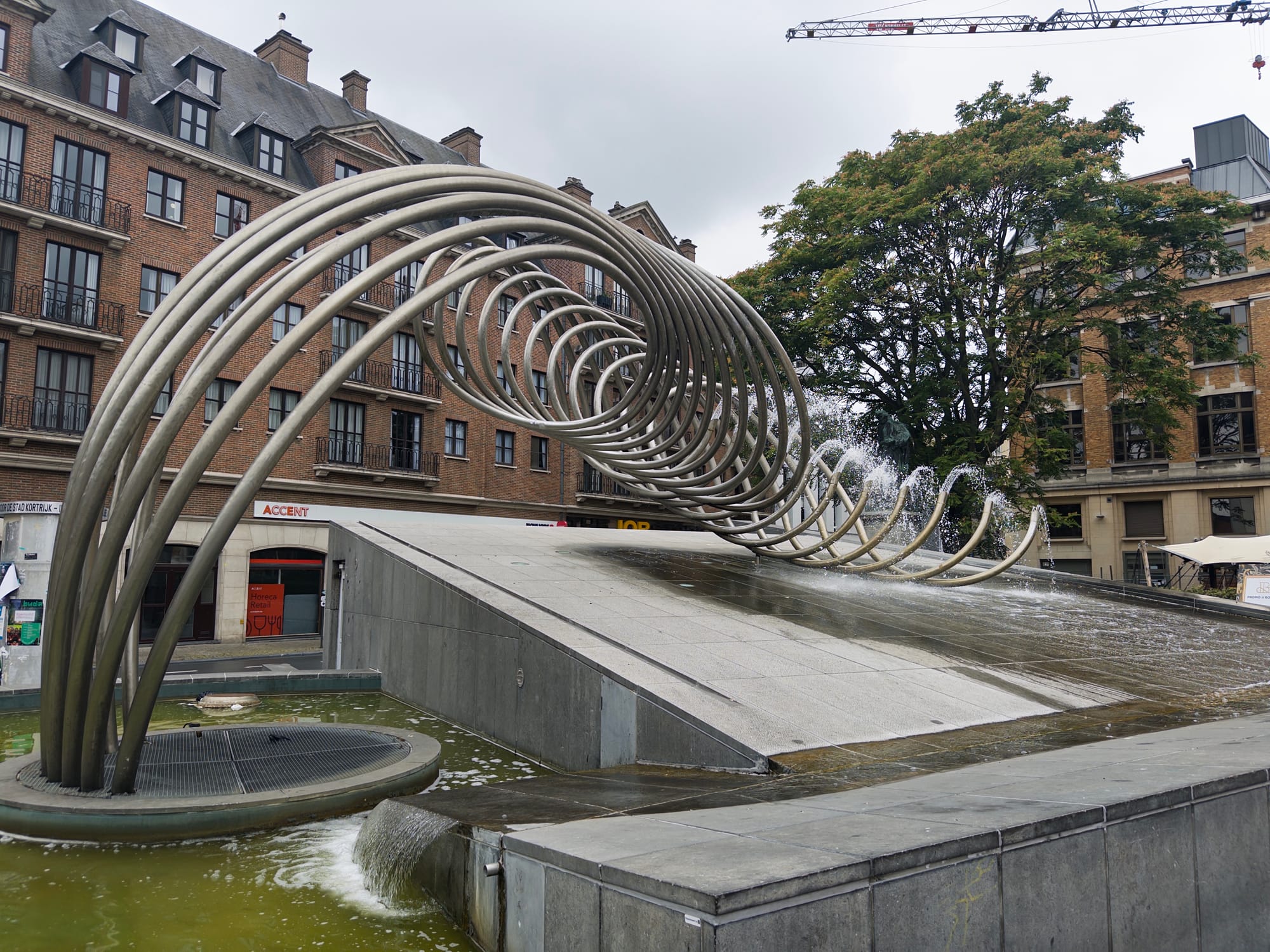
Scenes around Kortrijk.
We hired a car, drove to visit Kortrijk, another historic town on the river Leie. Walked through the city centre, enjoyed the sights and the shopping. Then we headed to the WWI history museum at Paschendale.
Ypres is deeply embedded in the culture of Australians, particularly in the context of the Third Battle of Ypres, or Passchendaele, where two Australian Divisions played a leading role. The entire campaign was one of the bloodiest in World War I.
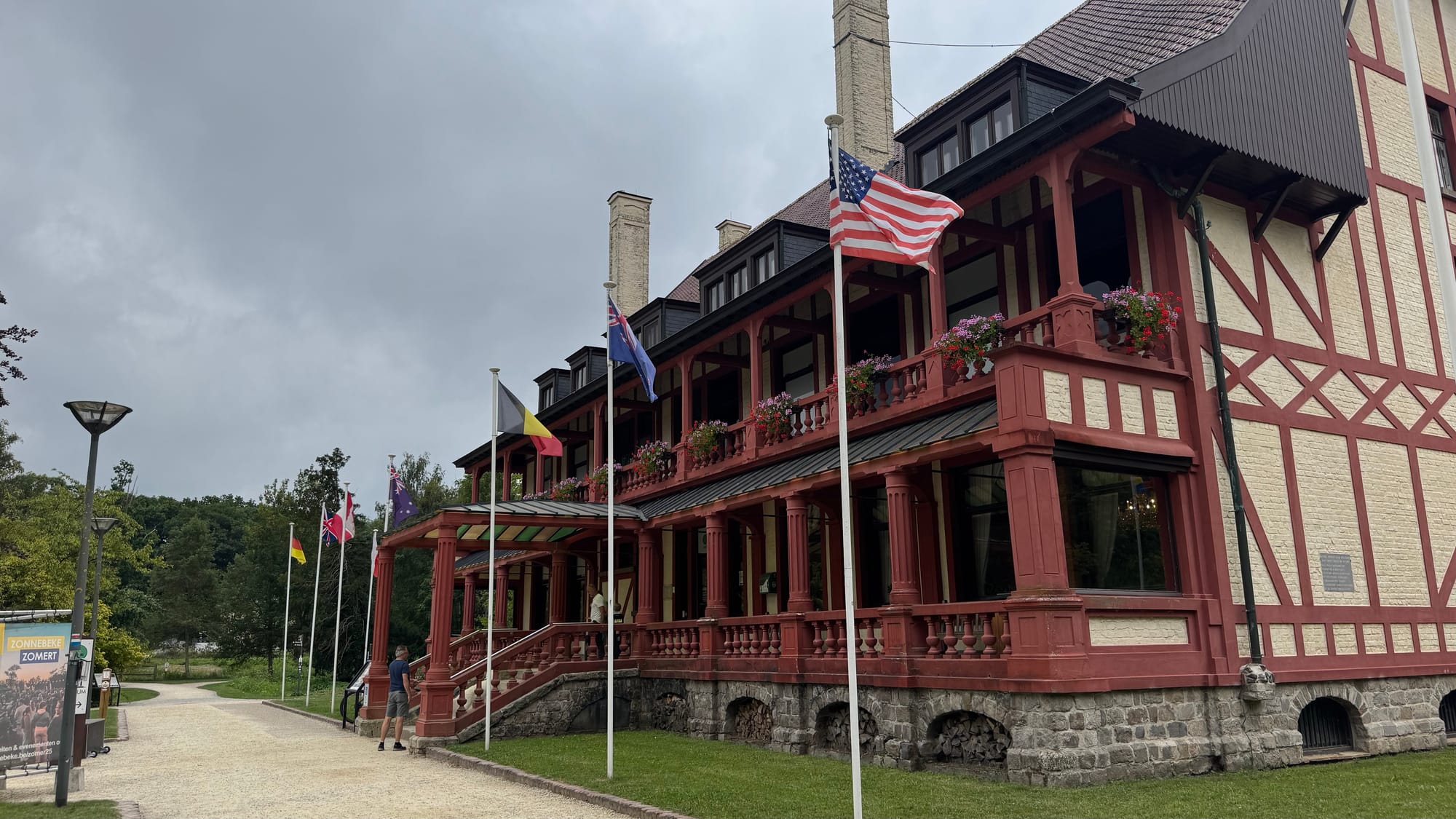
World War I and its role in this region are one of the elements that will be part of tours from Delfine, so it was great for us to learn more here. The museum is excellent, and puts the whole campaign into context with very educational and informative displays.
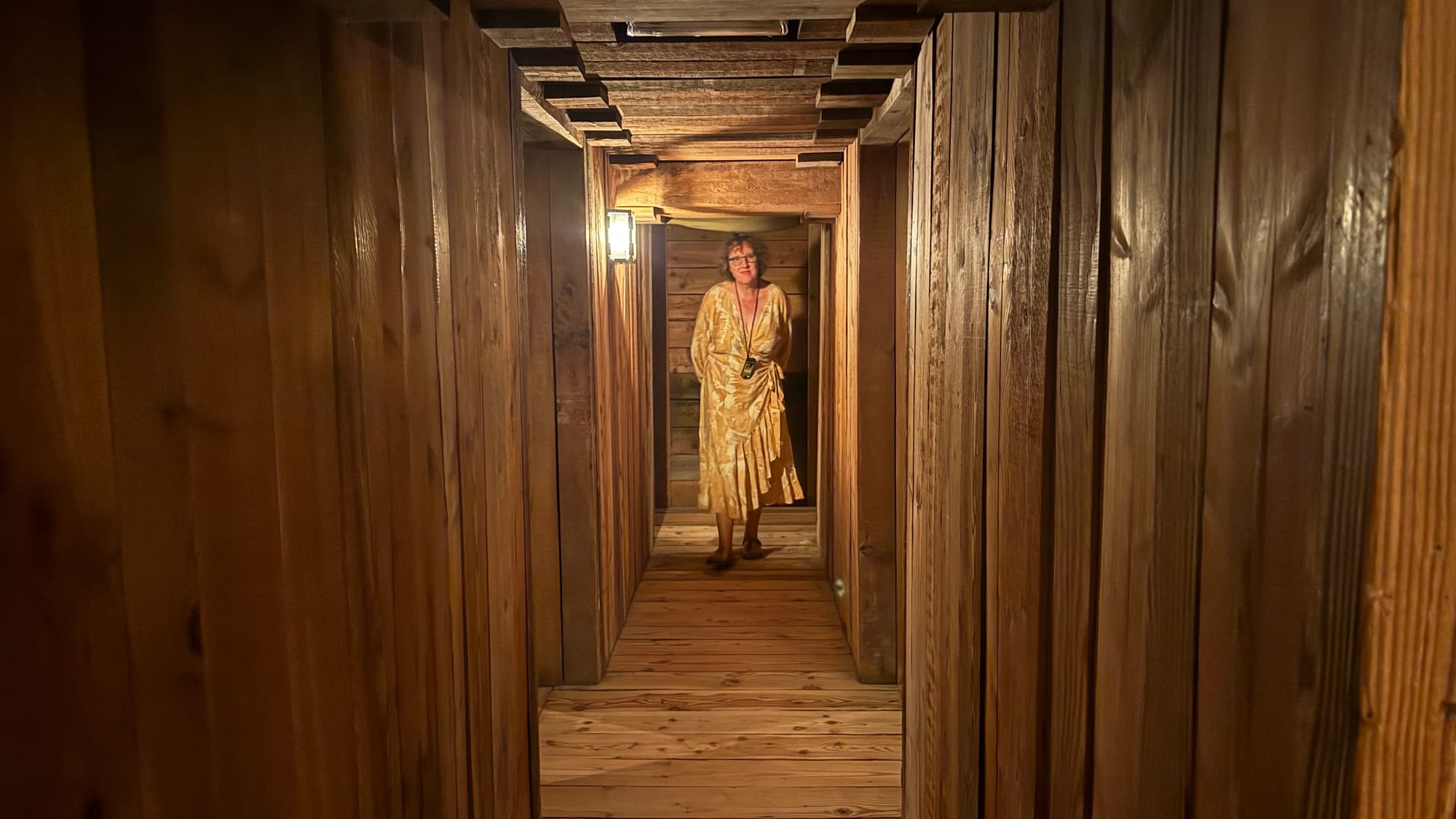
Afterwards, we visited the cemetery at Tyn Cot, the largest Commonwealth War Graves Cemetery, and then it was time to head home.
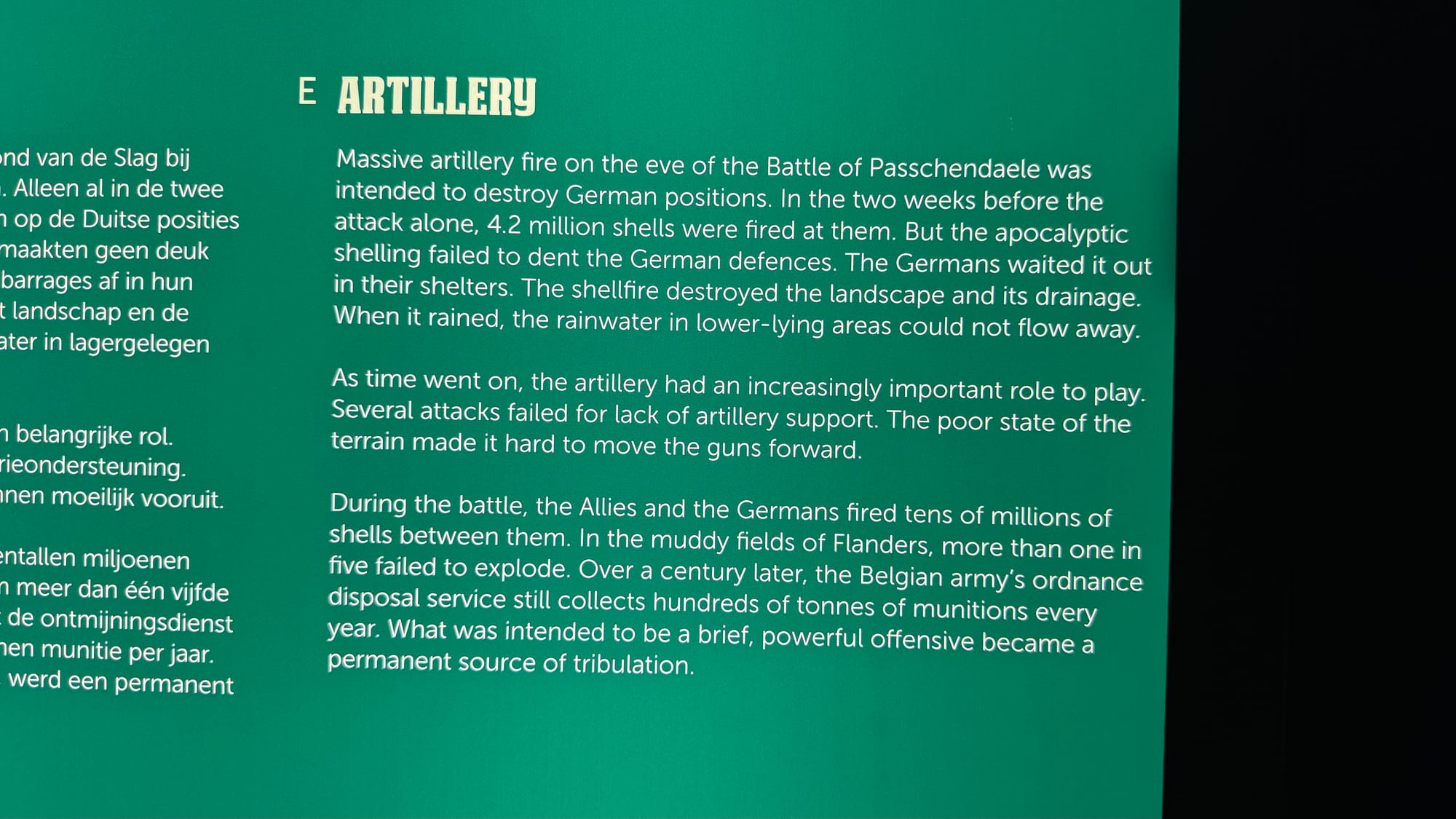
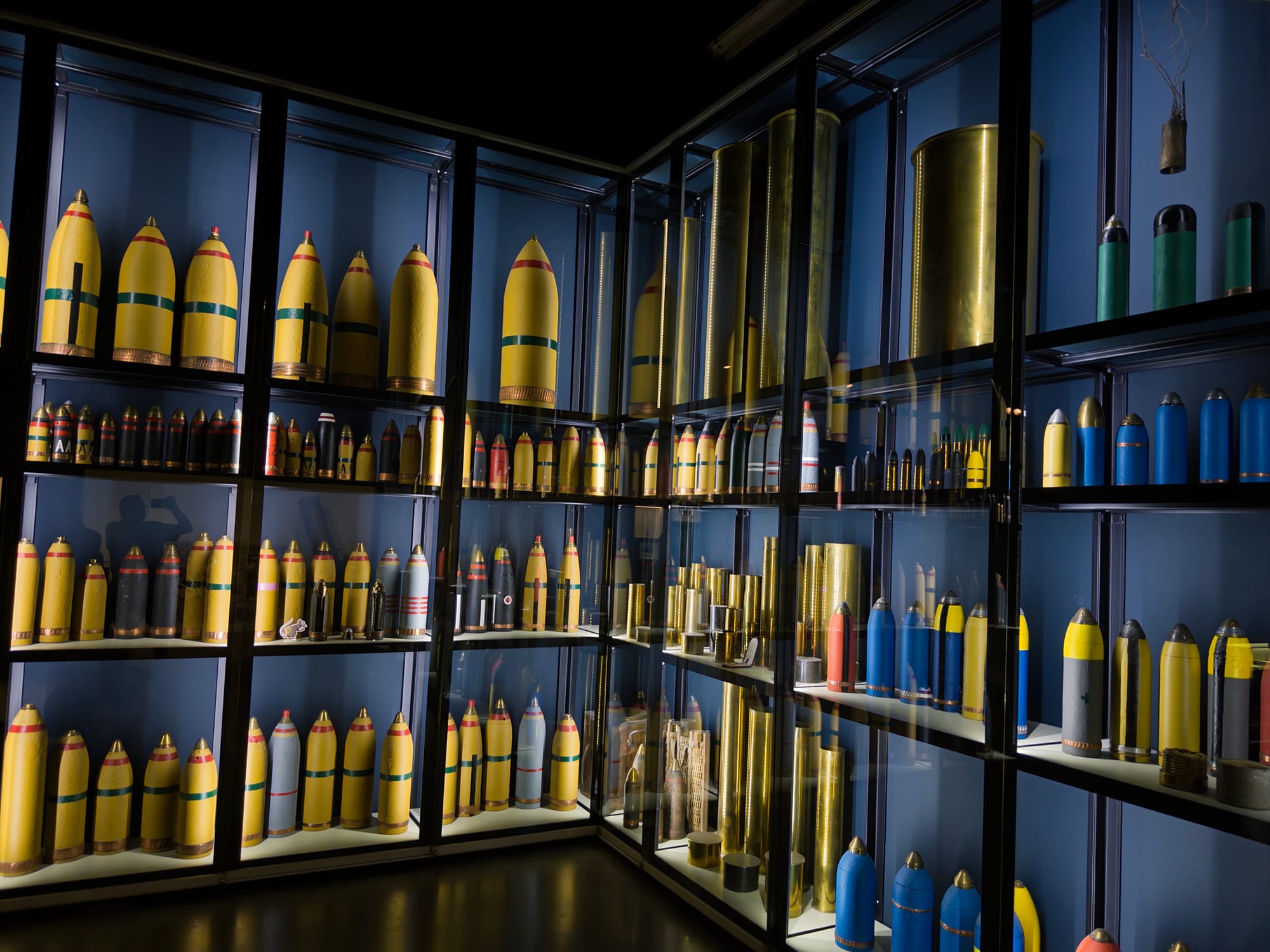
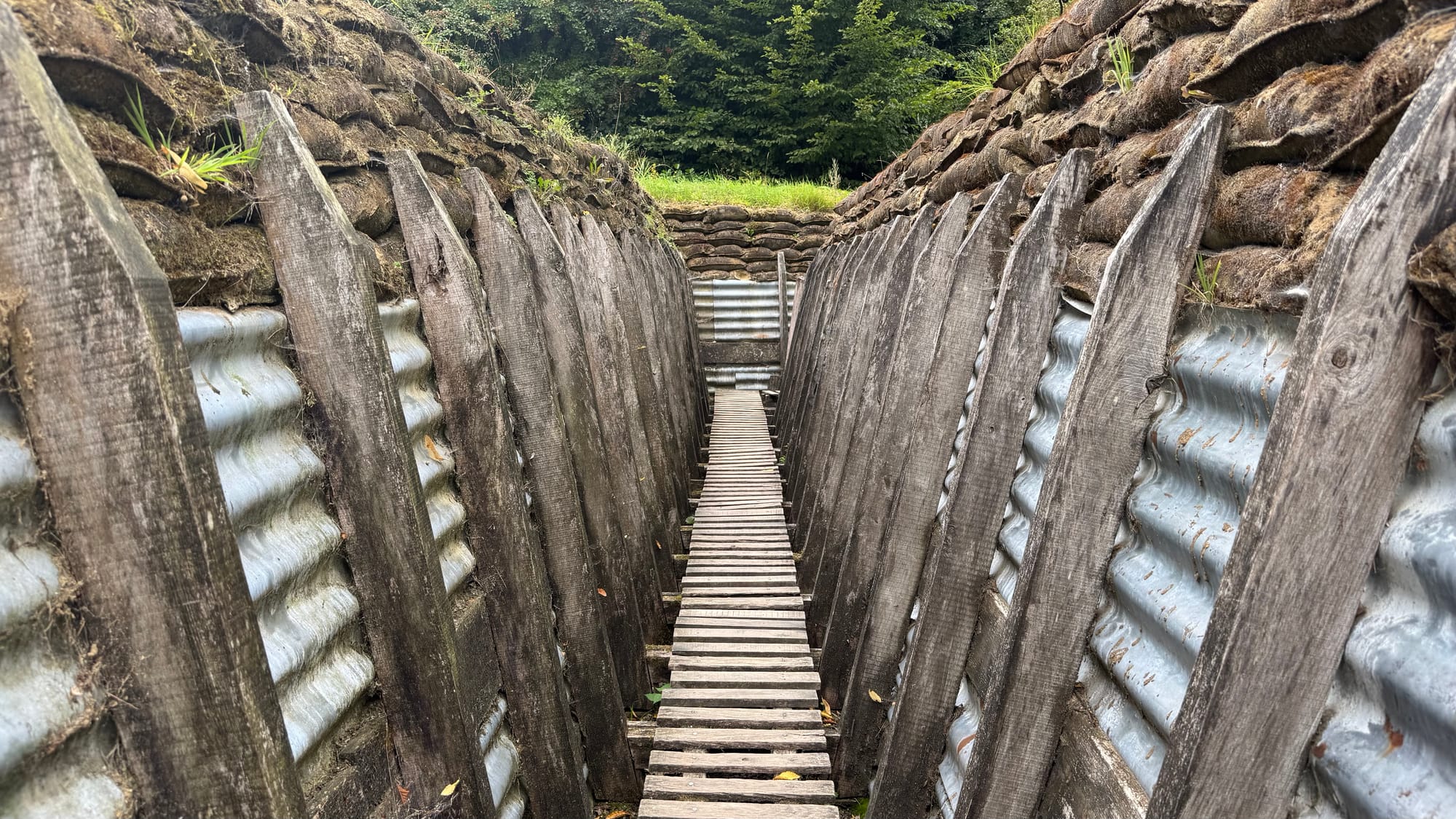
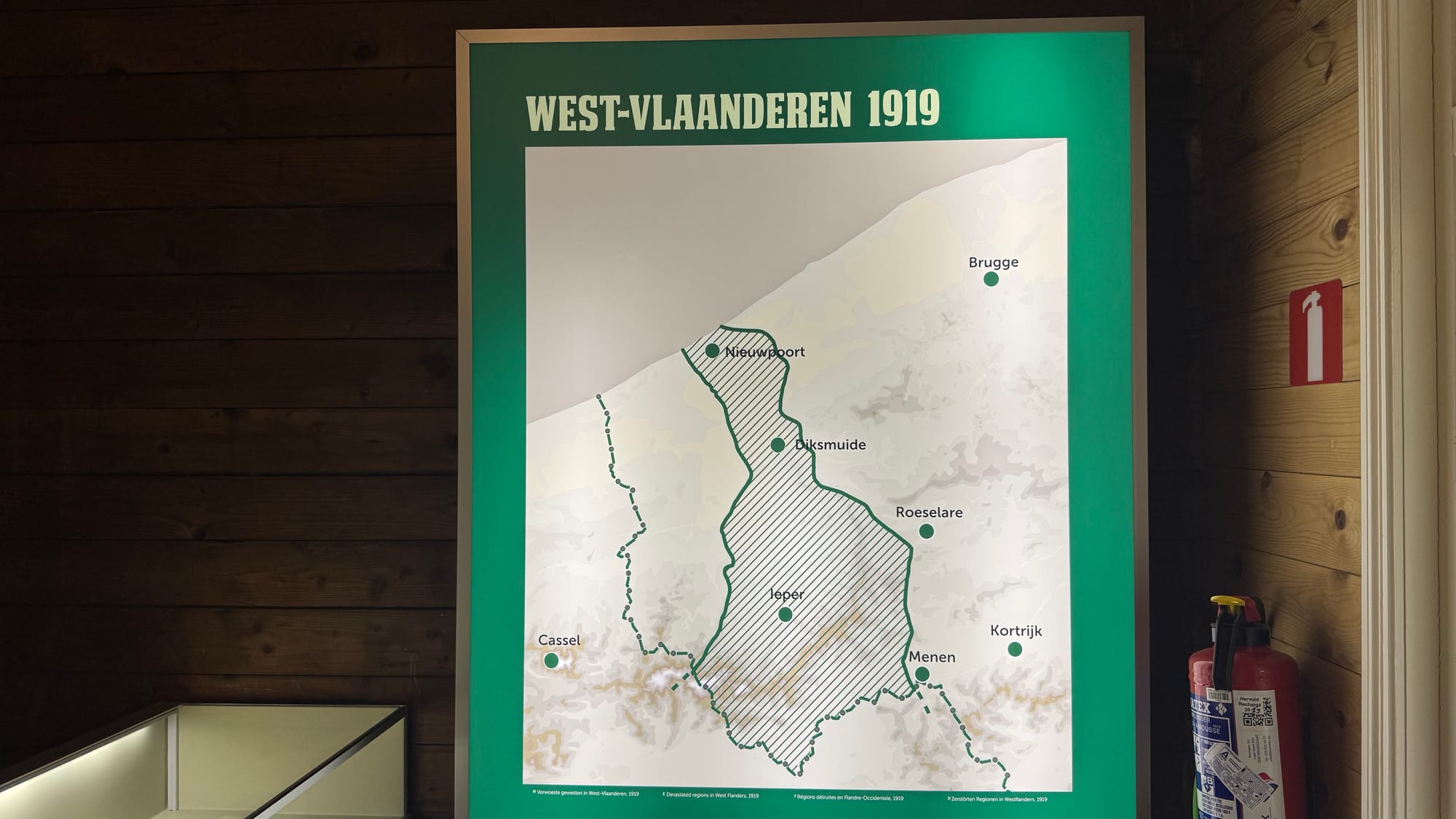
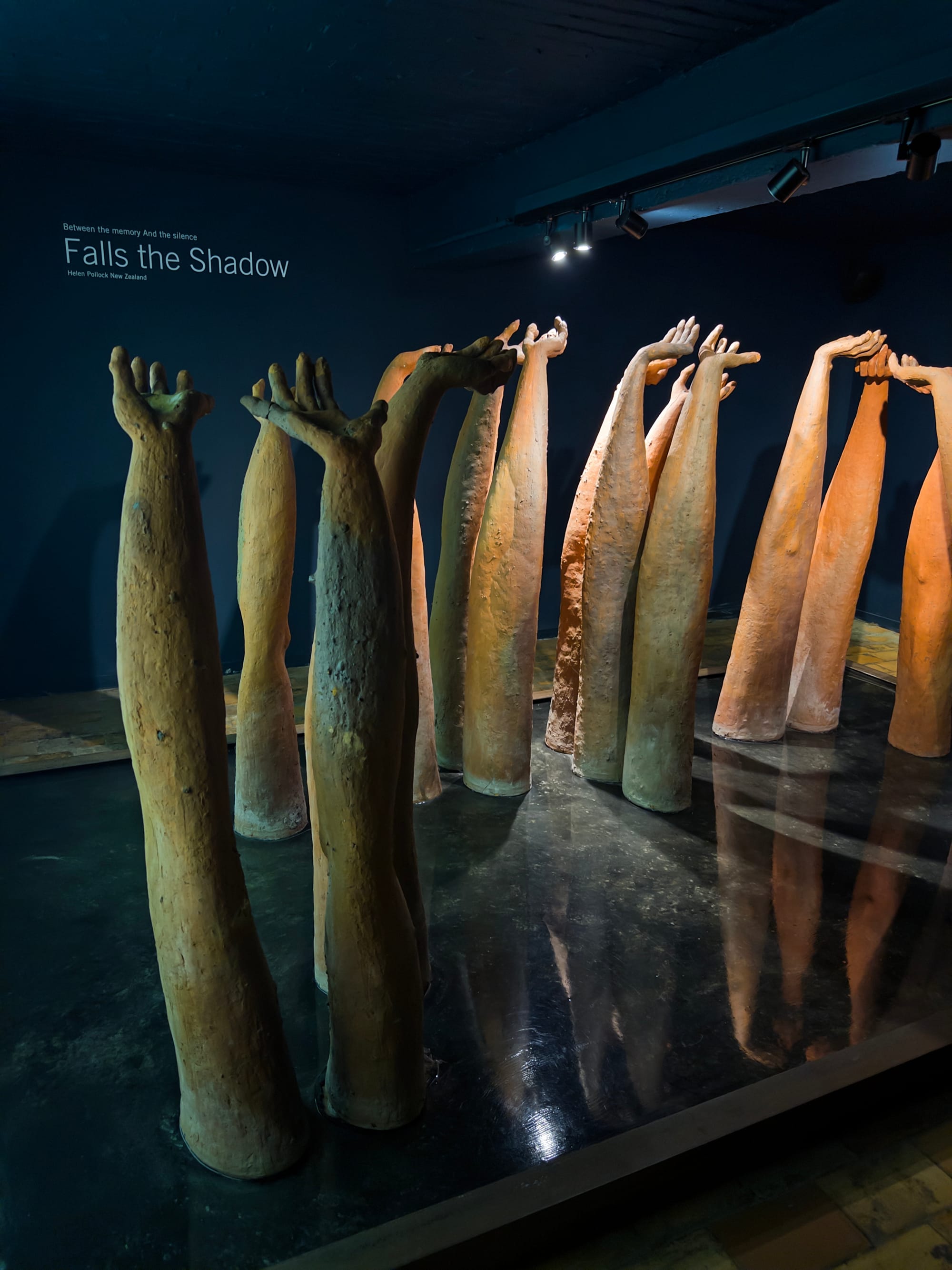
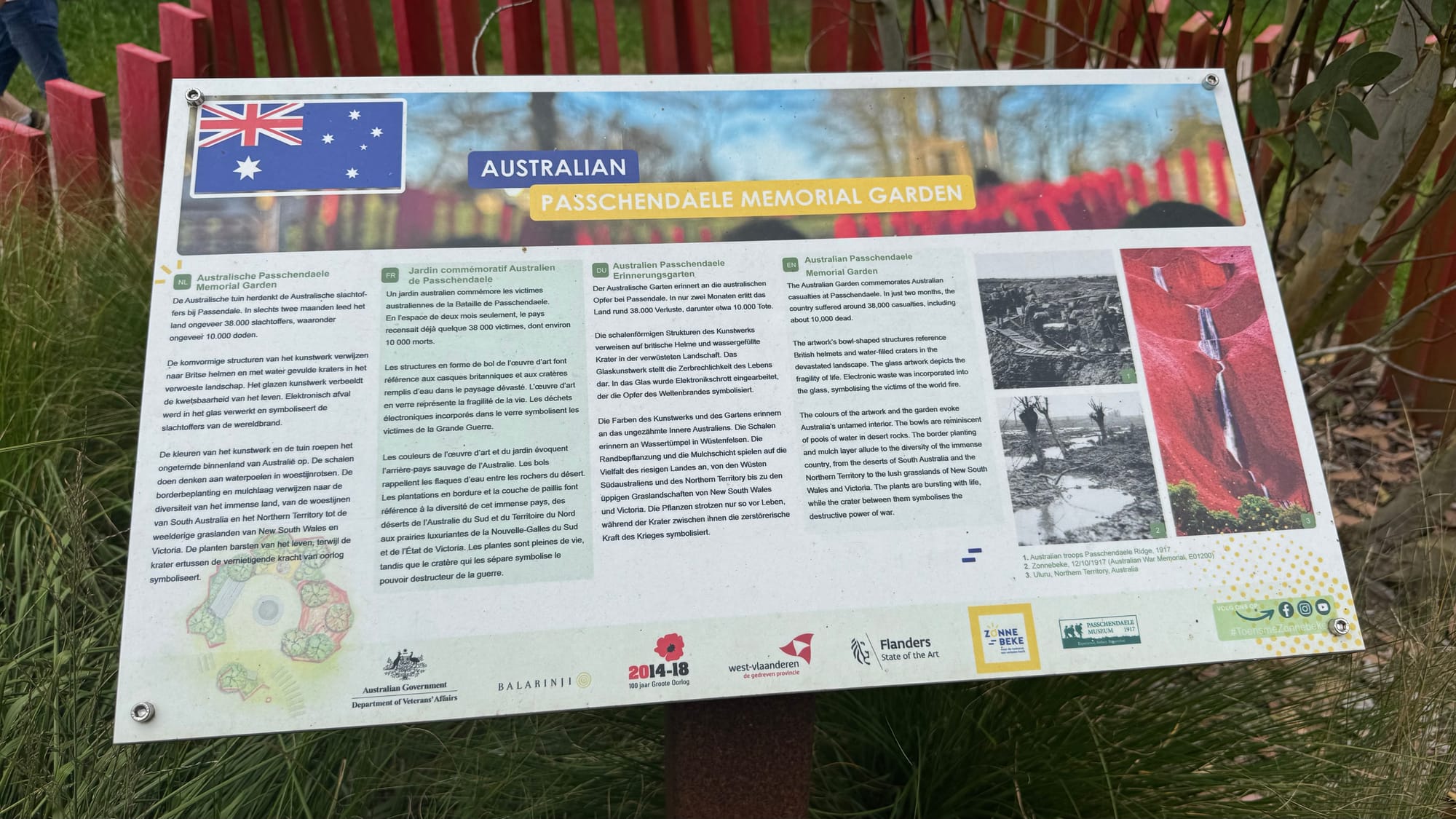
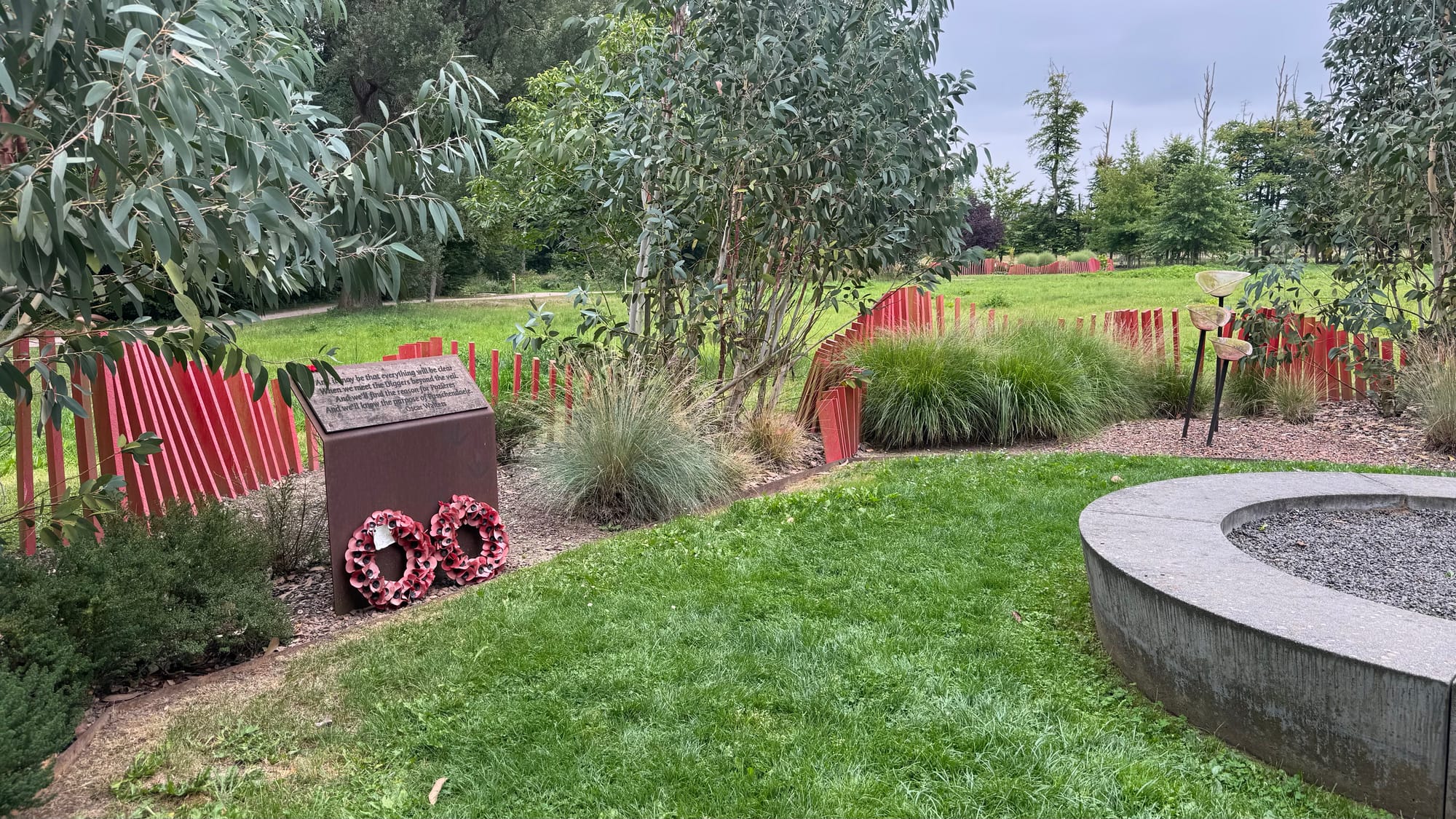
Scenes from the museum. The map shows the areas of the Western Front in West Flanders that were destroyed by war.
It's hard to put into words and comprehend just how violent the whole campaign here was. Two things that stuck with me.
- Today, more than 100 years later, the Belgian Army has a specialist munitions disposal team. They still collect more than 100 tons of unexploded munitions from the fields of Flanders every year.
- Tyn Cot, while moving, somehow sanitises the entire experience into neat little rows of white sandstone. The cemetery is built around some German bunkers, which the Australians captured and then converted into a temporary hospital. The dead were buried outside. After the war, all the bodies from surrounding burial sites were collected together in Tyn Cot. In the museum, there is a map with an overlay that shows where every known death occurred. When you look out over the fields, there's not a plot or a building that didn't have dead. From the battles around Ypres, approximately 90,000 bodies were never identified, and 42,000 were never found, still buried in the mud of Flanders Fields.
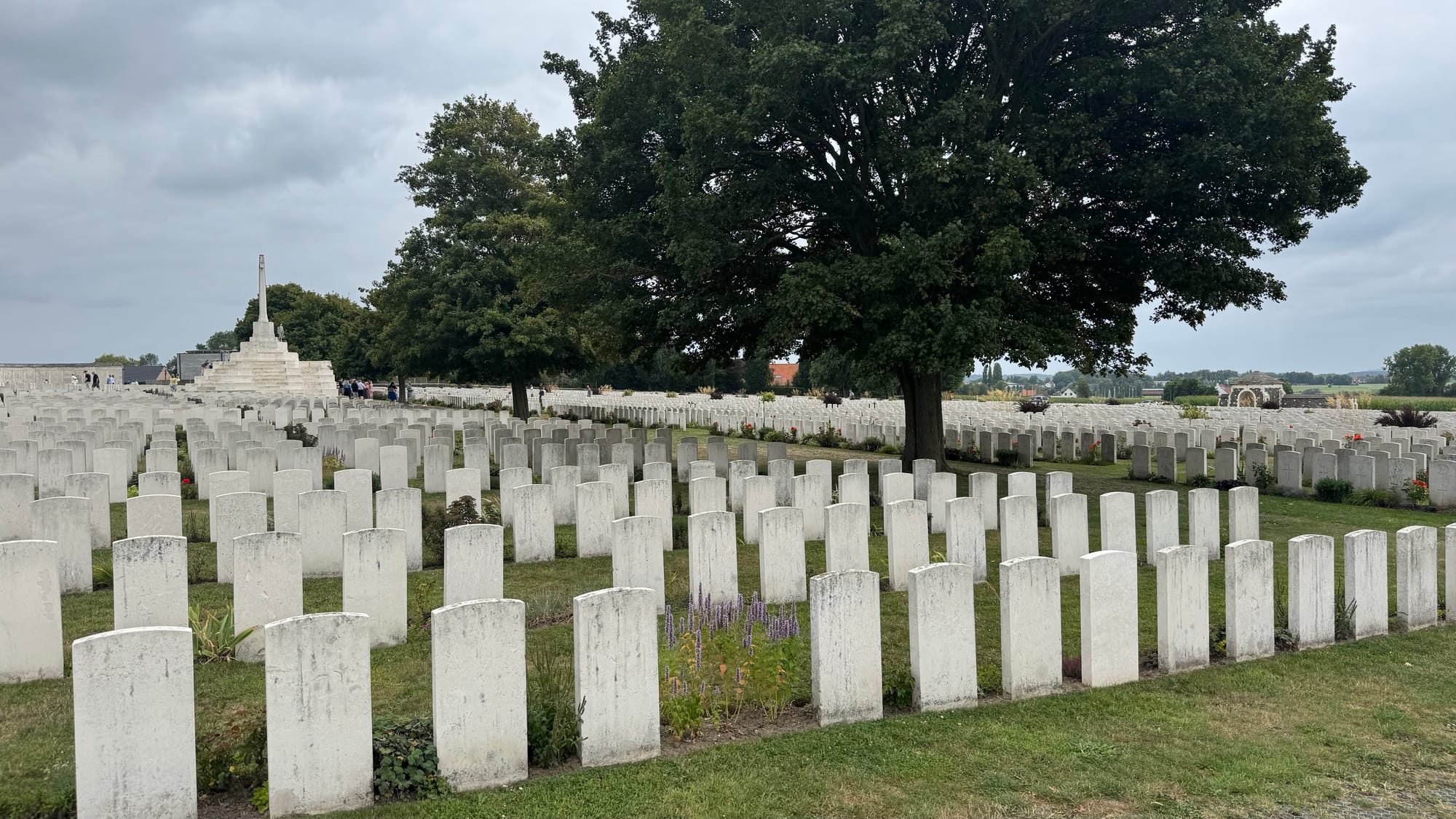
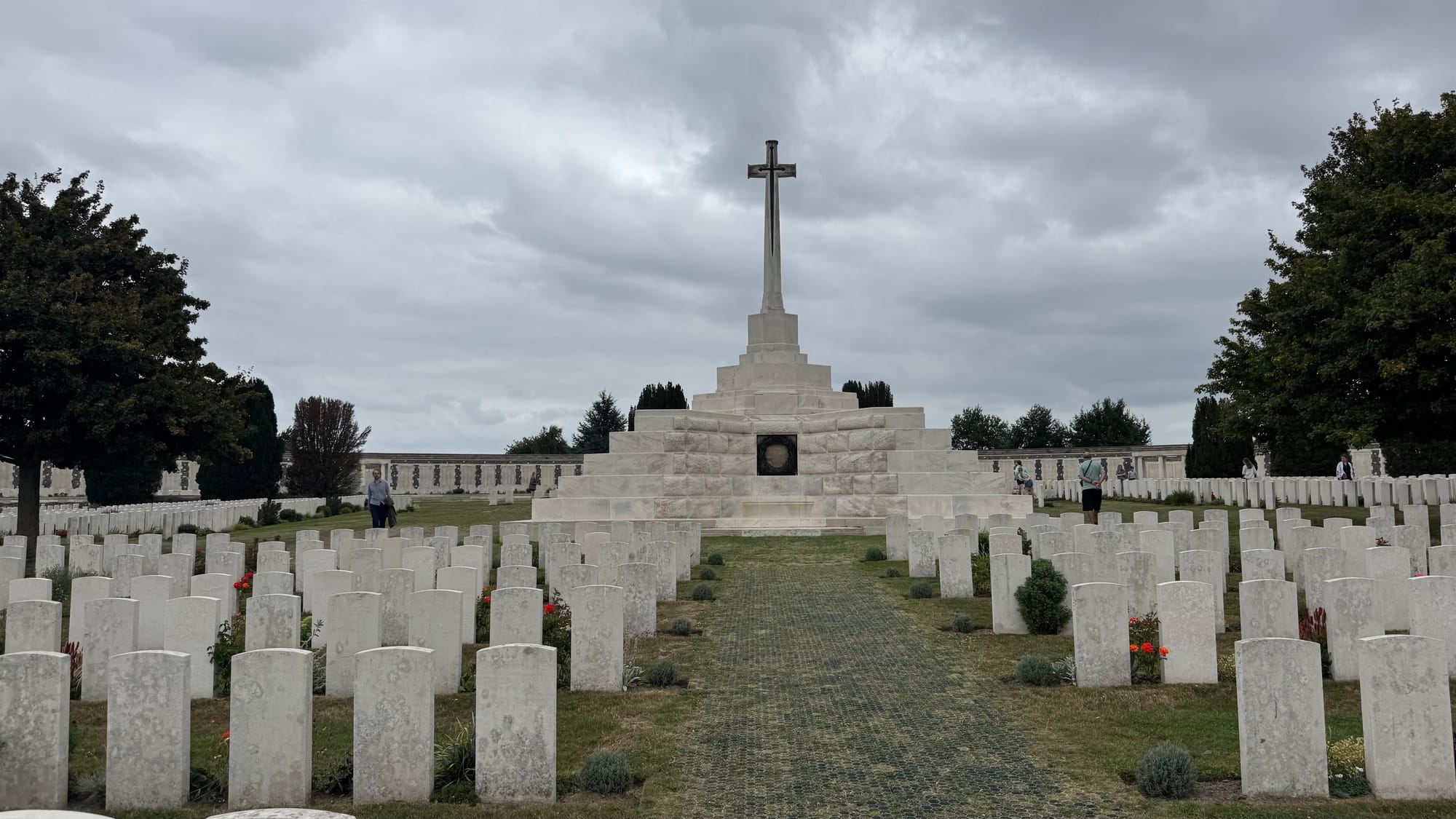
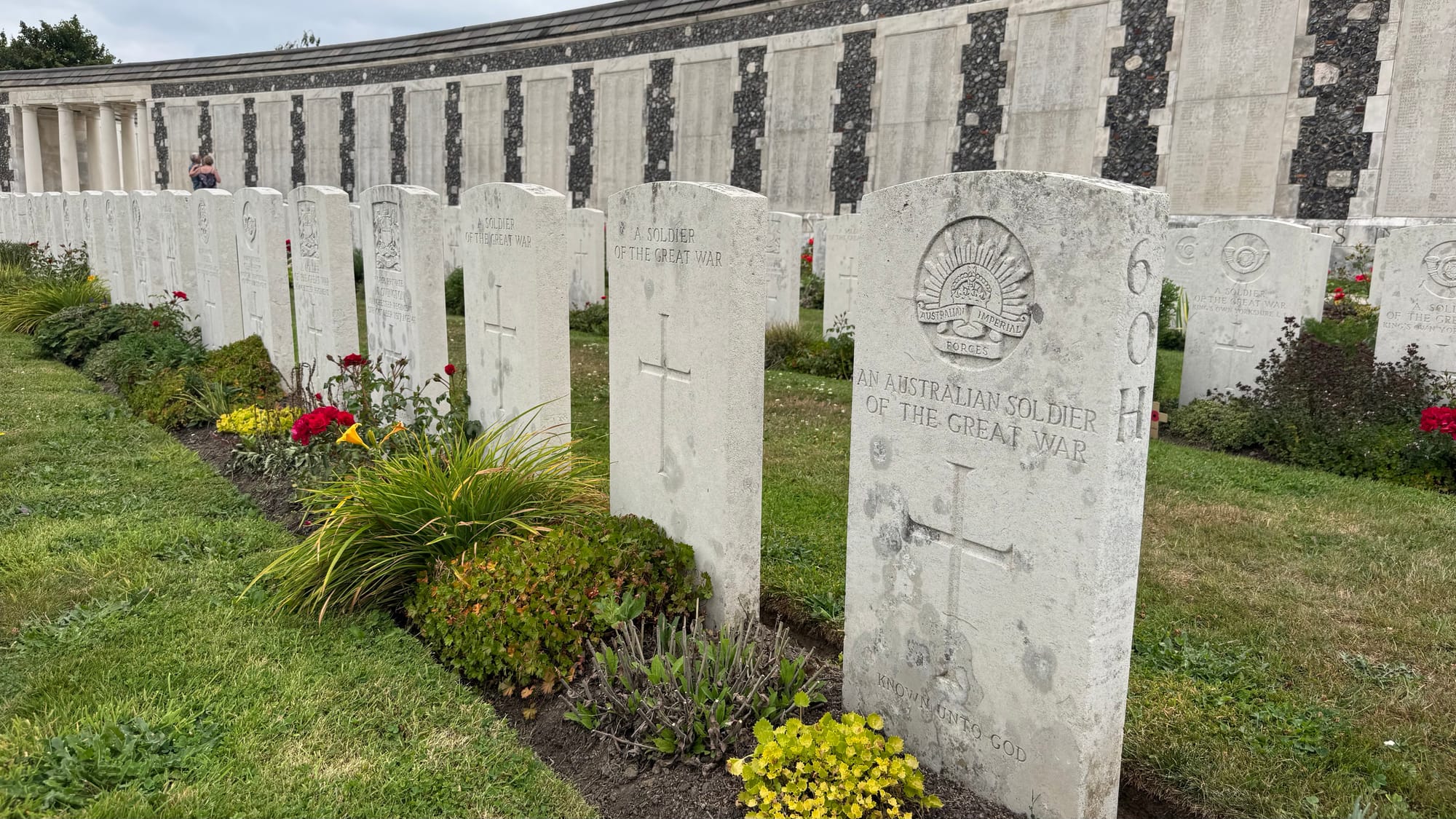
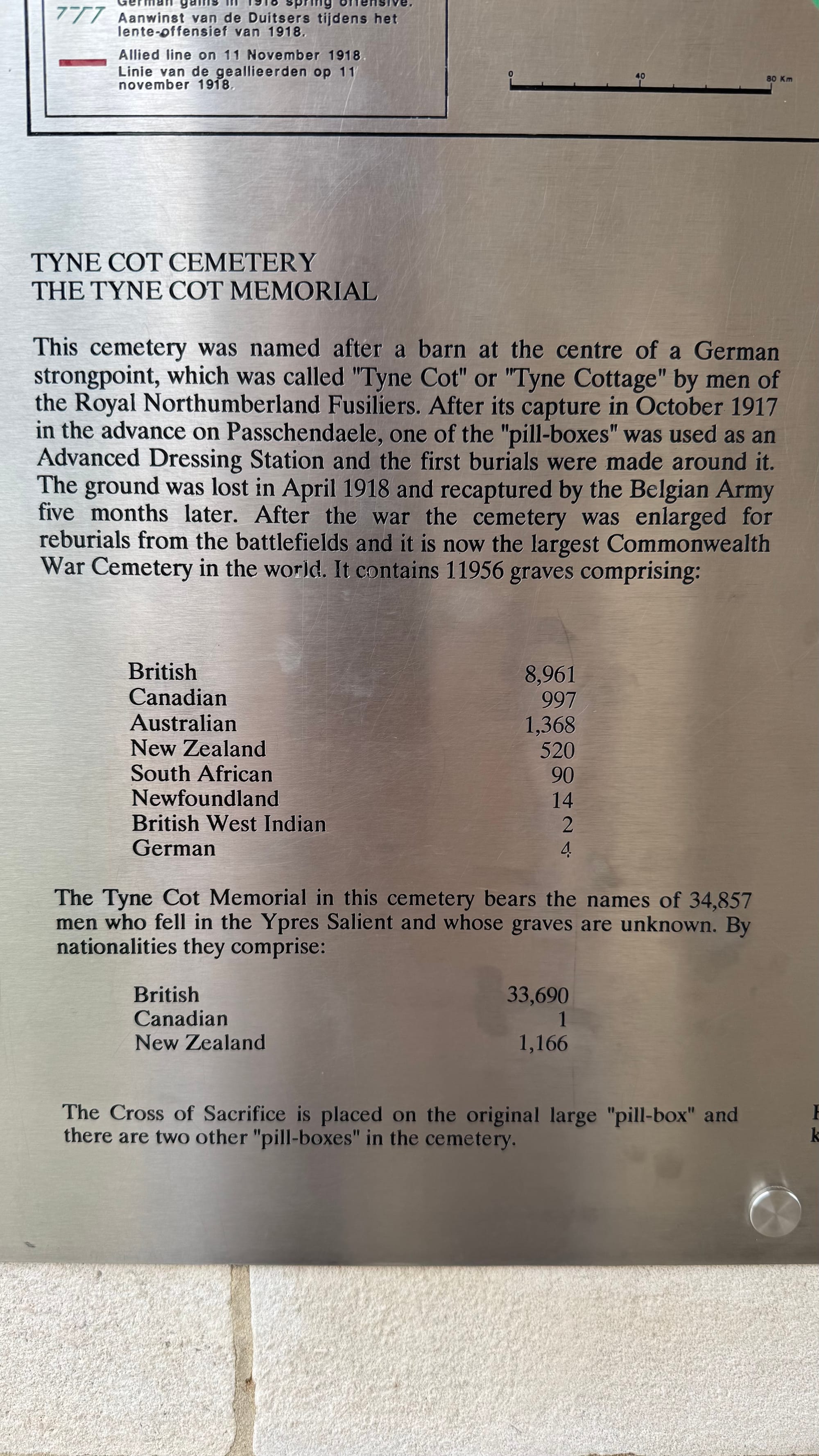
Tyn Cot cemetery
And it may be that everything will be clear
When we meet the diggers beyond the veil.
And we'll find the reason for Poziêres
And we'll know the purpose of Passchendale"
- Oscar Walters
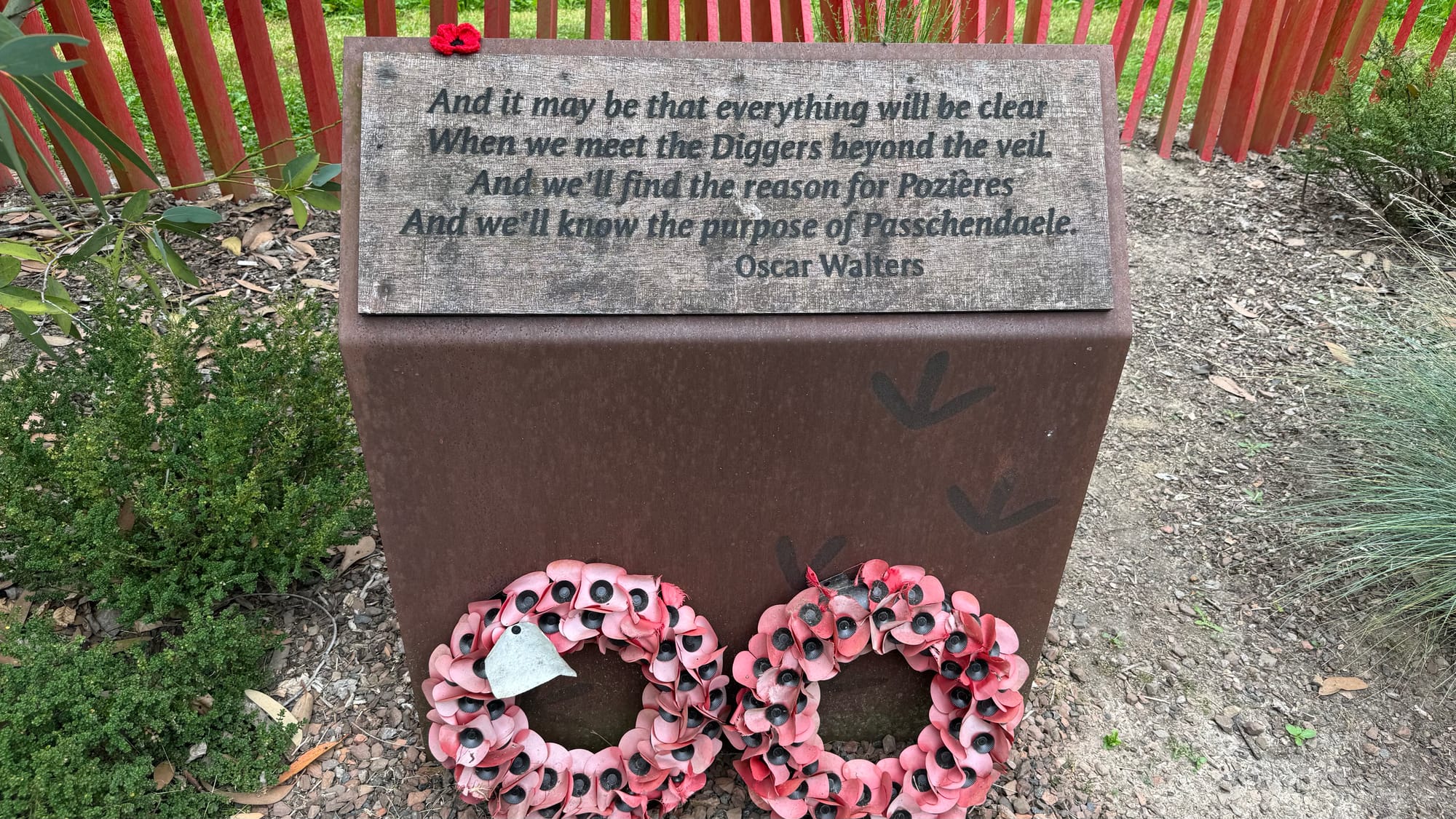
In memory of William Strong Abraham, my great-granduncle (Grandfather's uncle), who died at Poziêres sometime between 22nd July 1916 and 25th July 1916. The body never recovered. Also, Albert Stanley Abraham, who landed at Gallipoli, was wounded and later died of Typhoid in 1915. I wrote a little about both of them when we visited Gallipoli Week 158: Can someone turn off the wind?
Lest we forget.
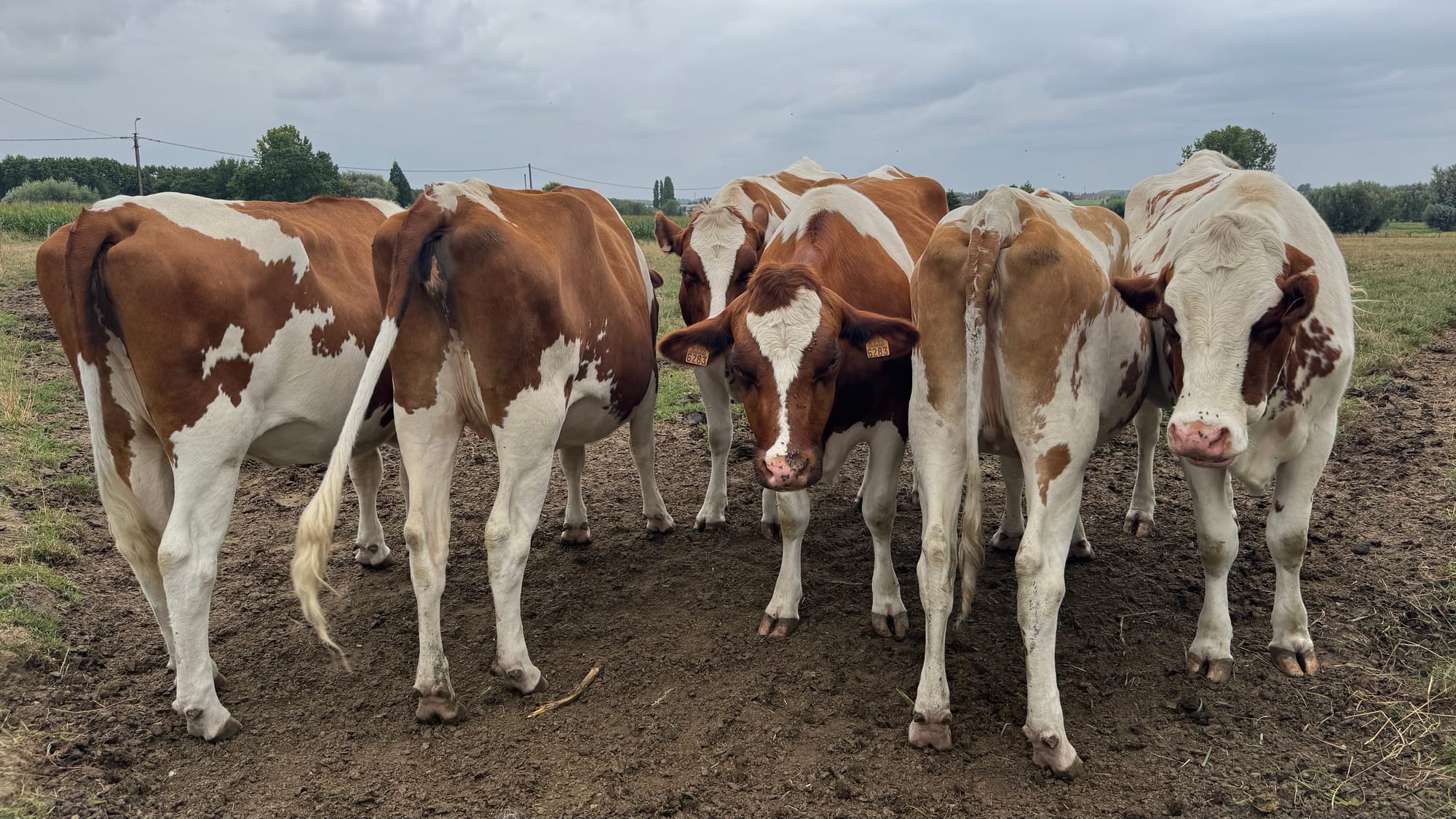
Until next time,
Tim & Karina
